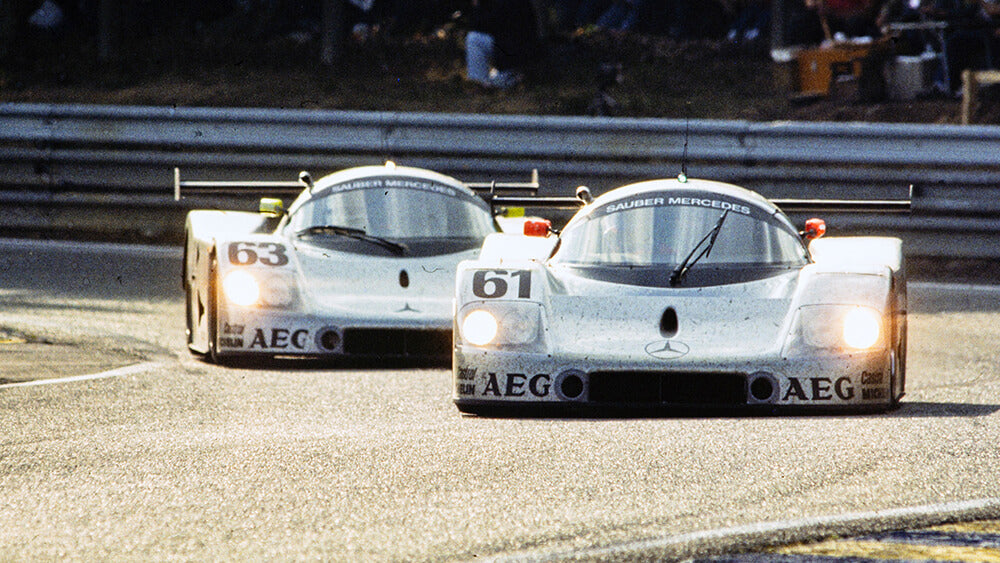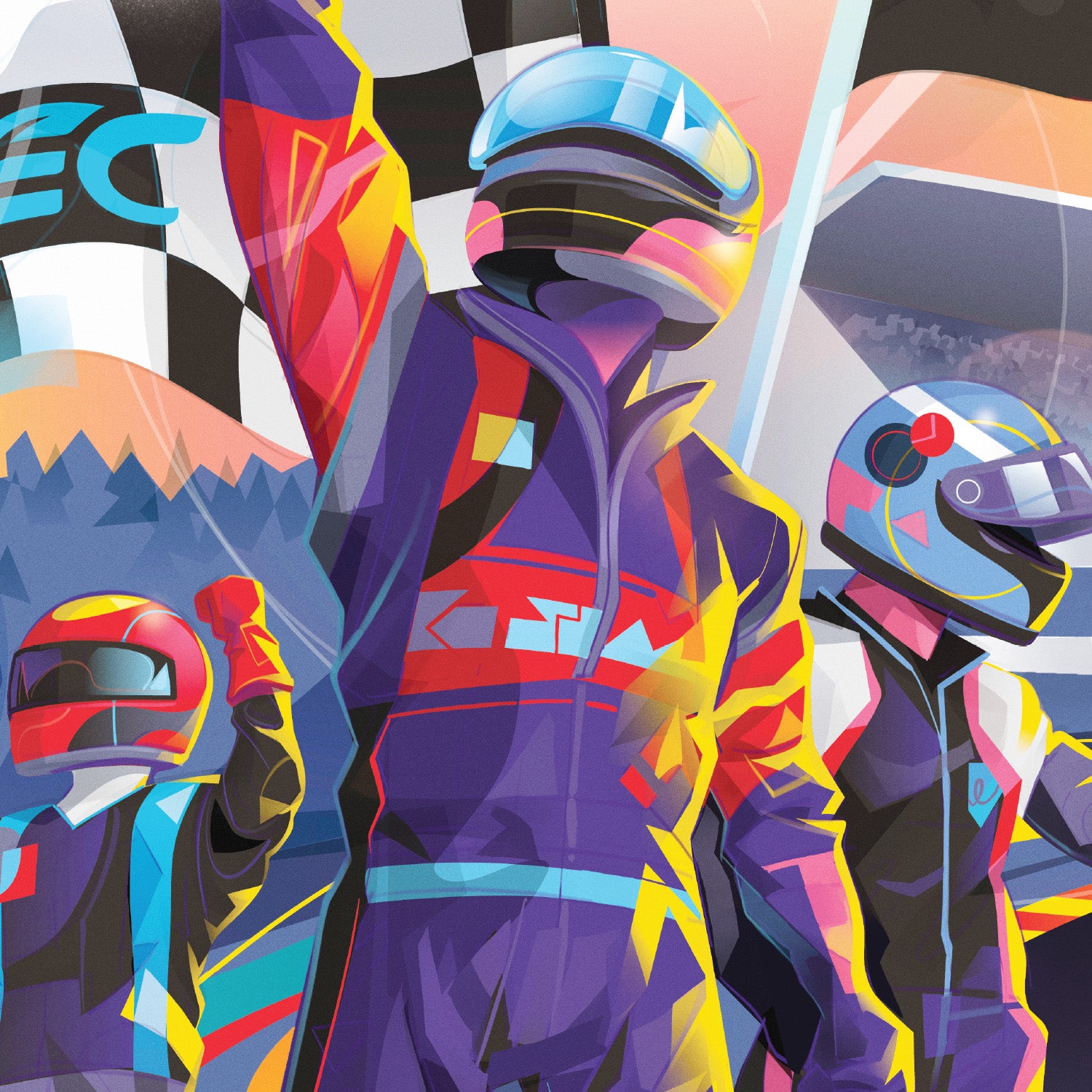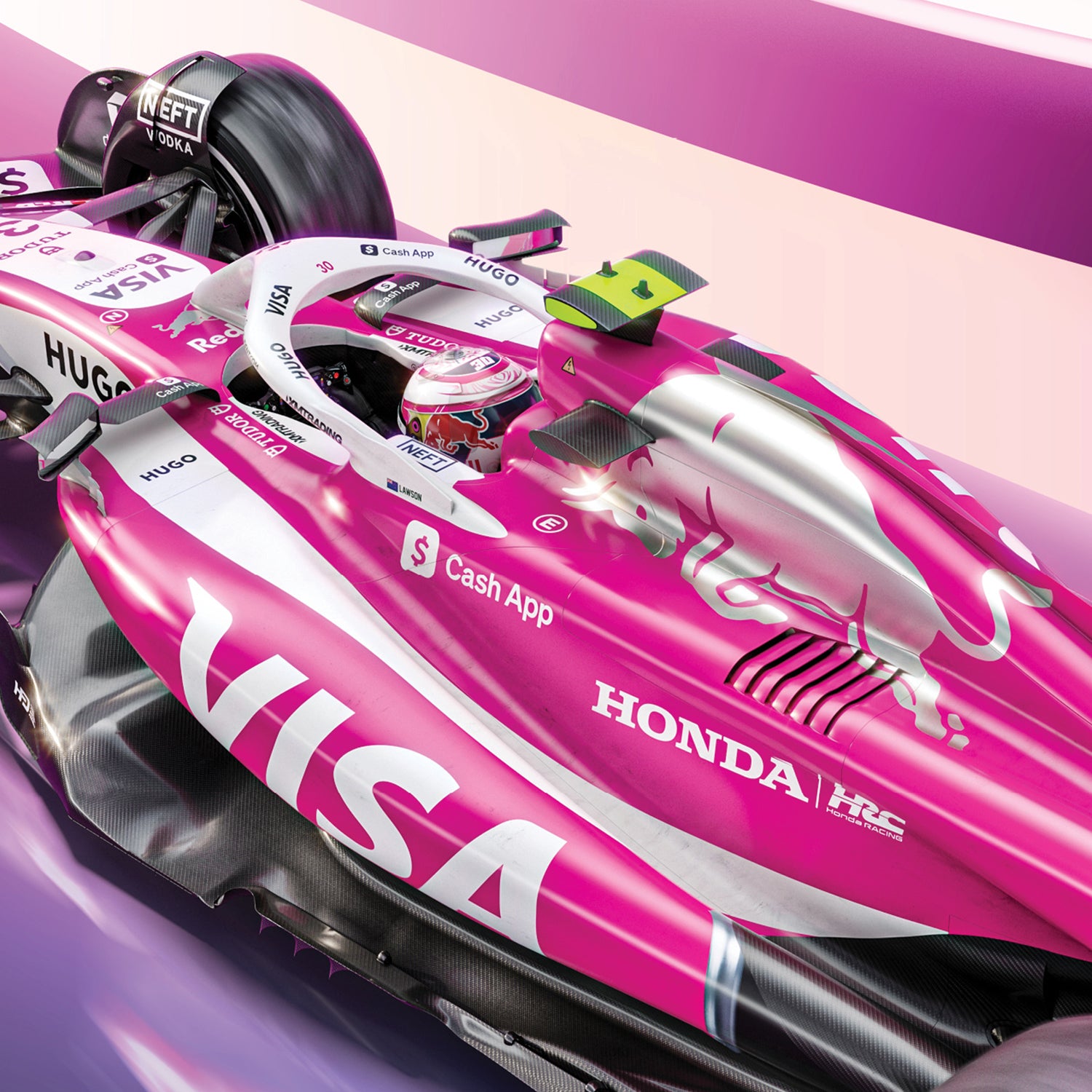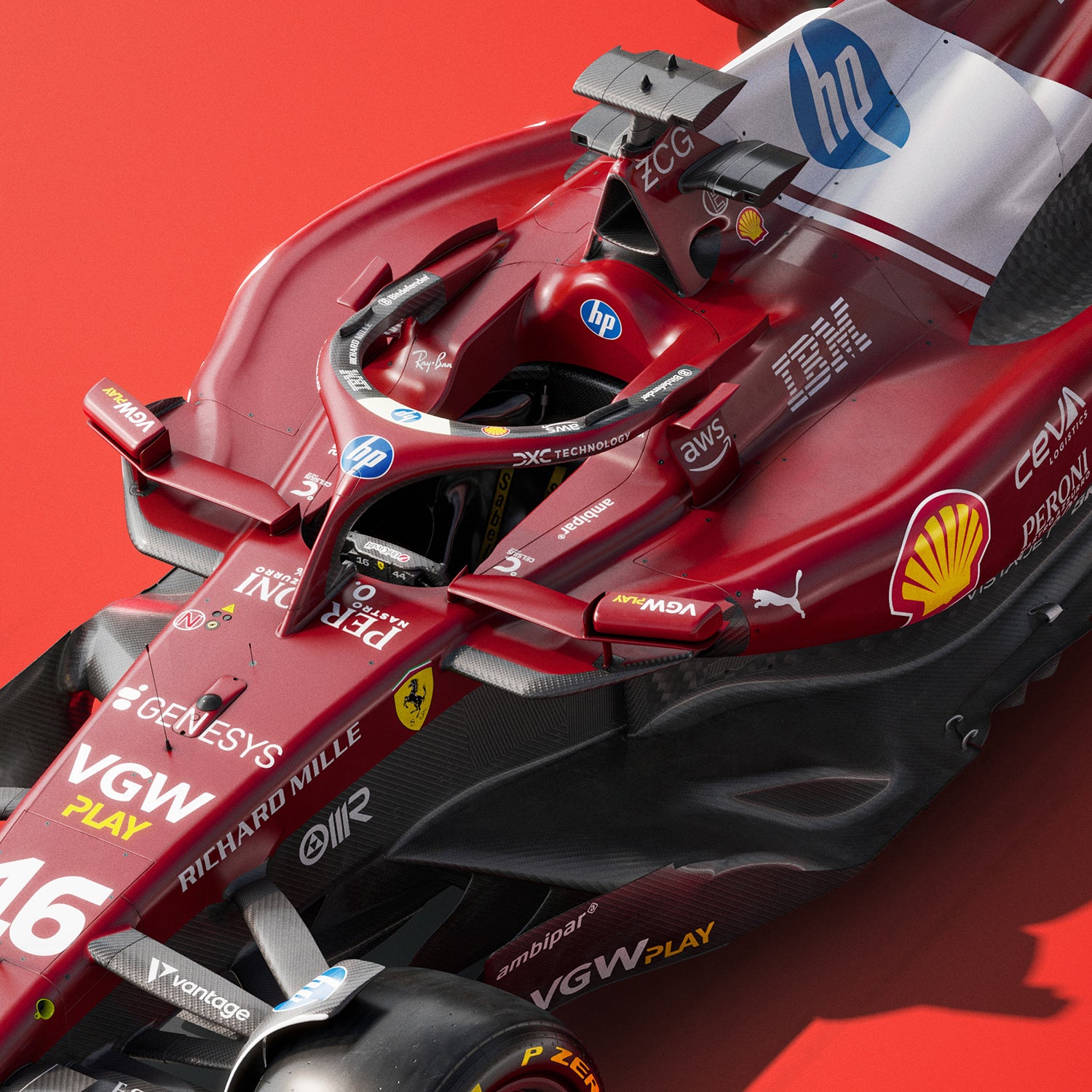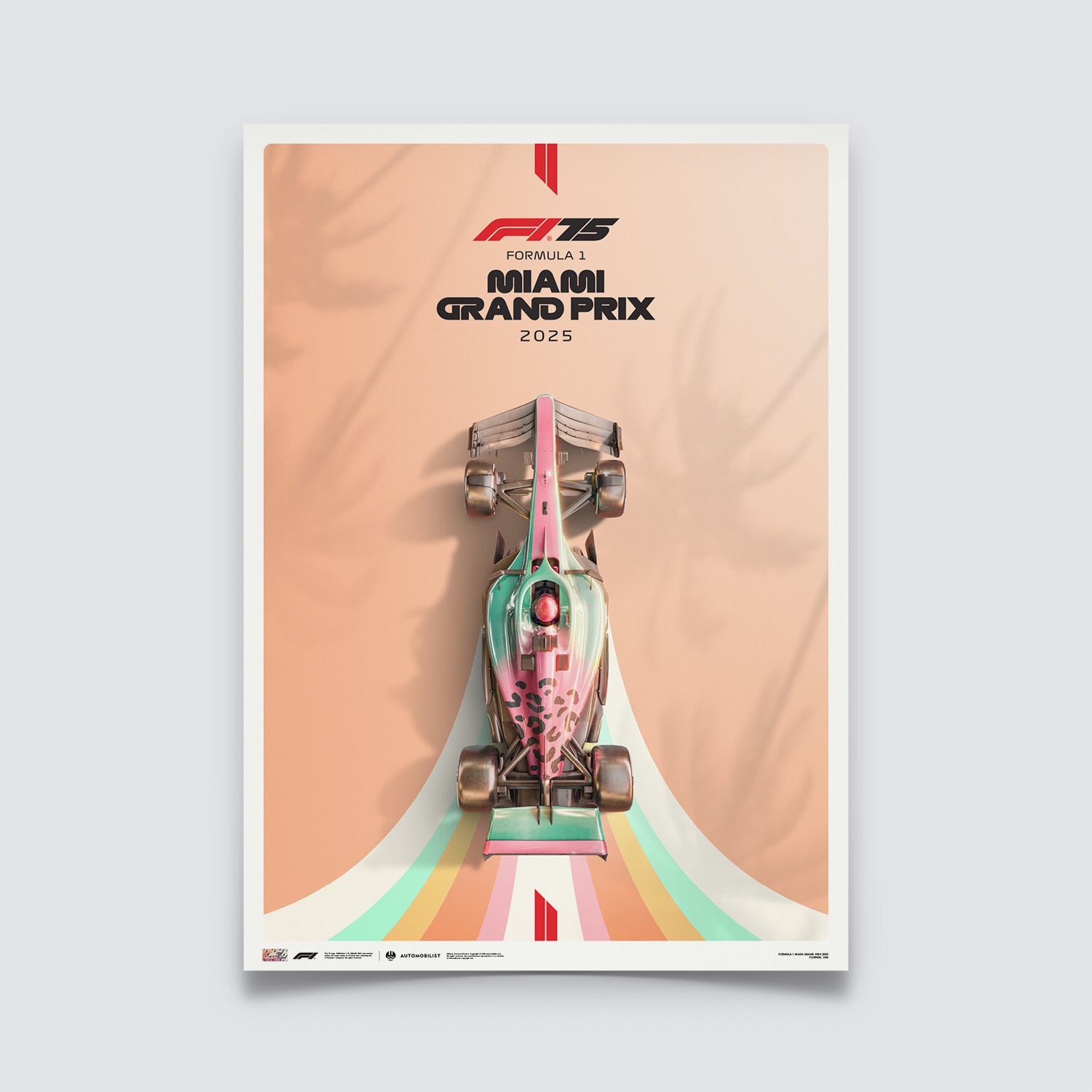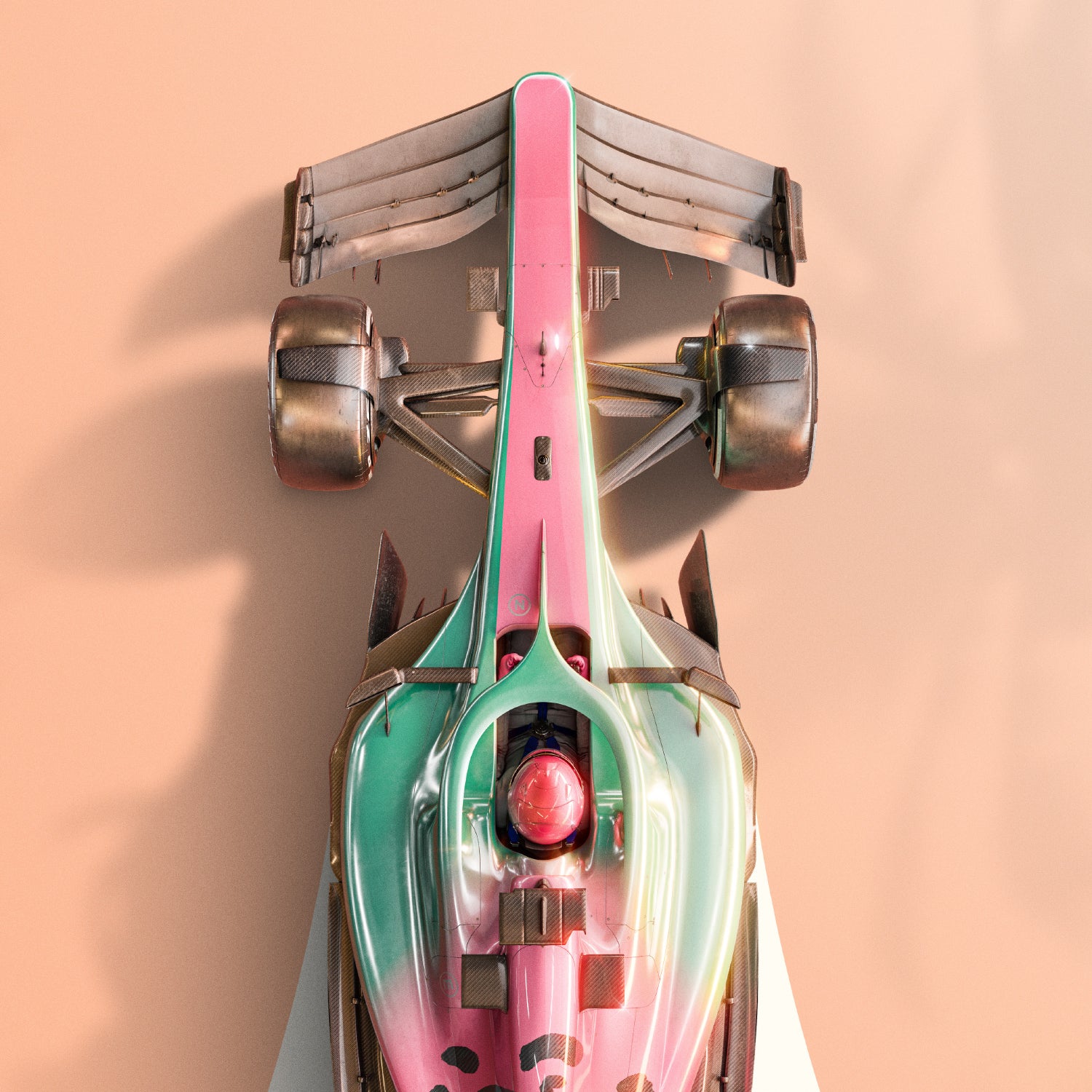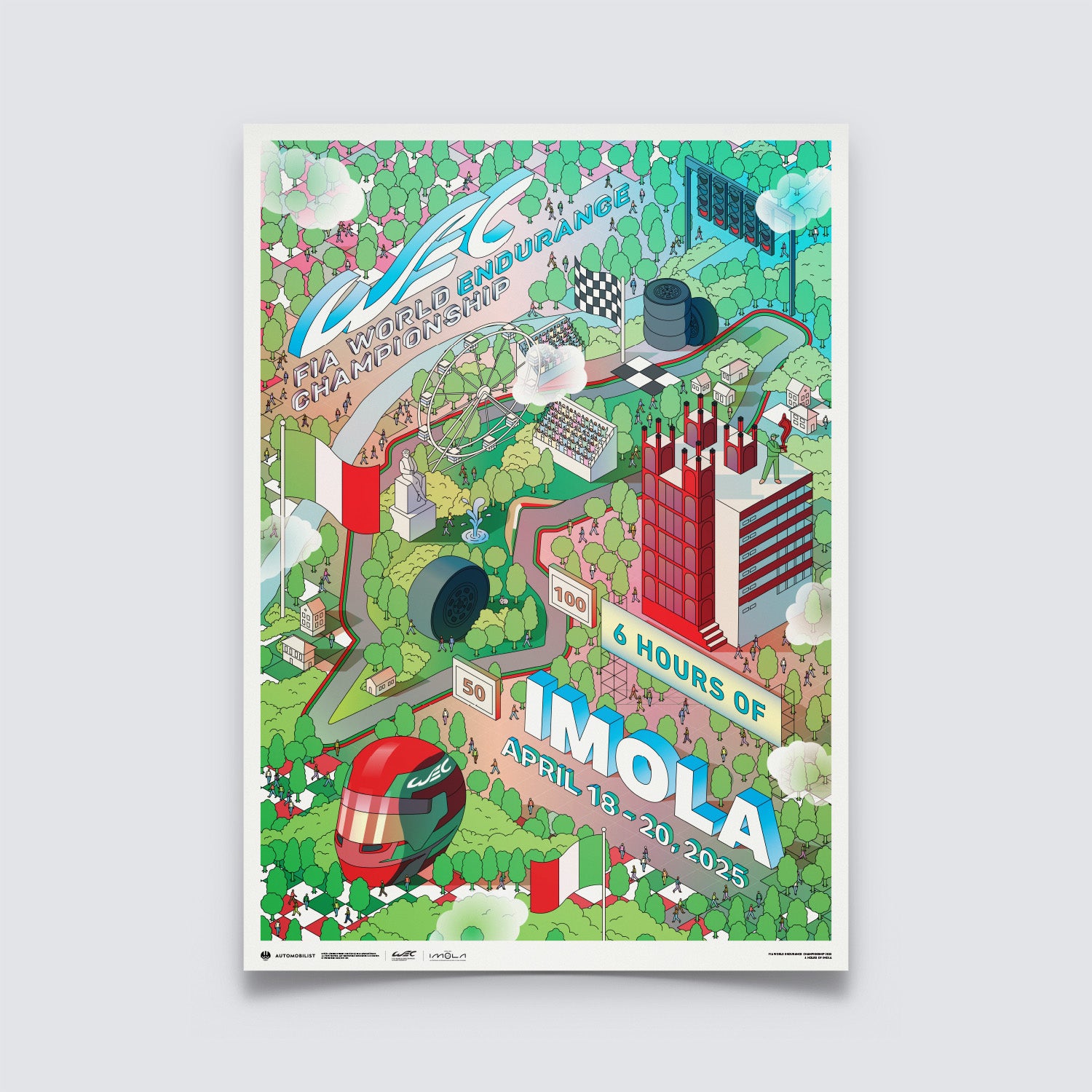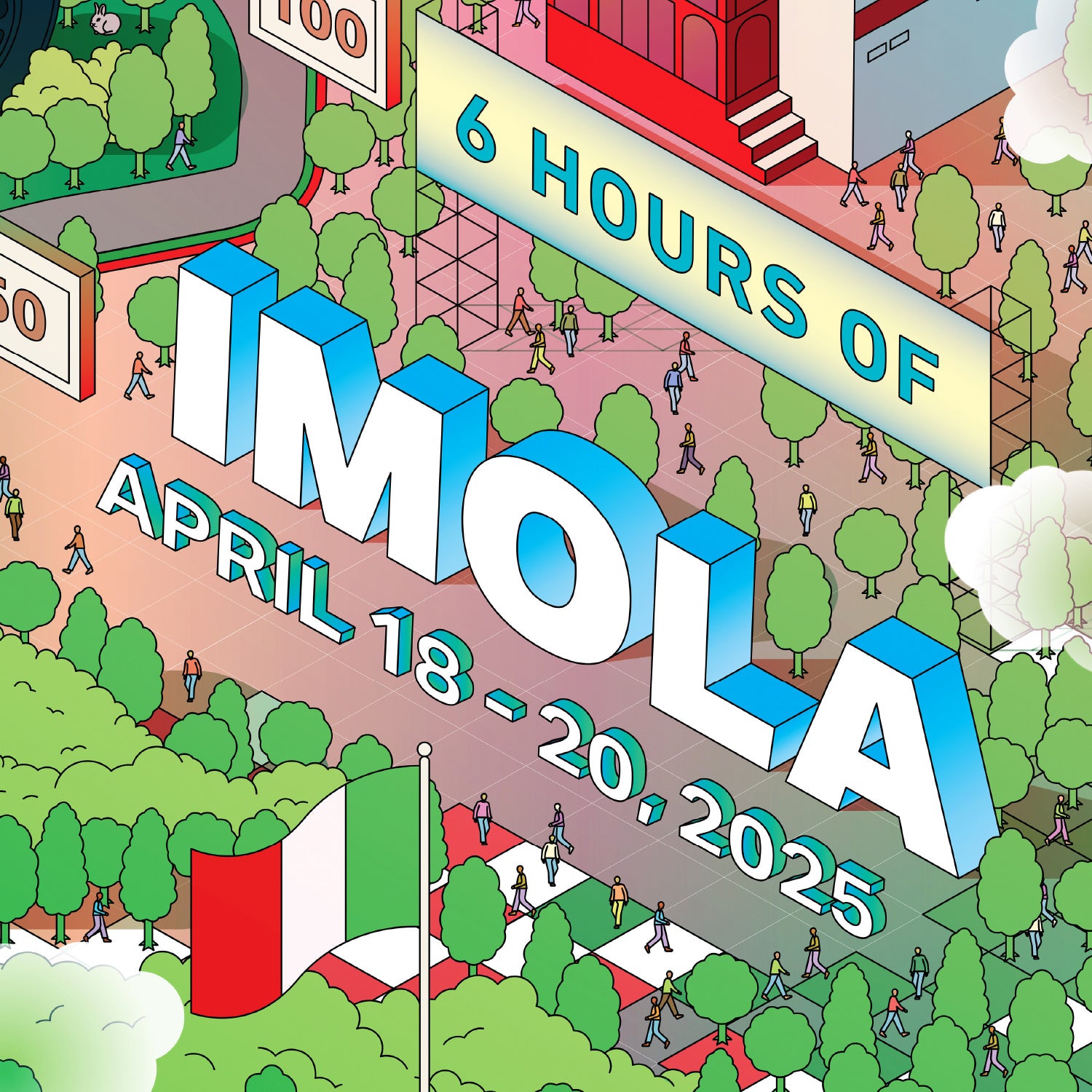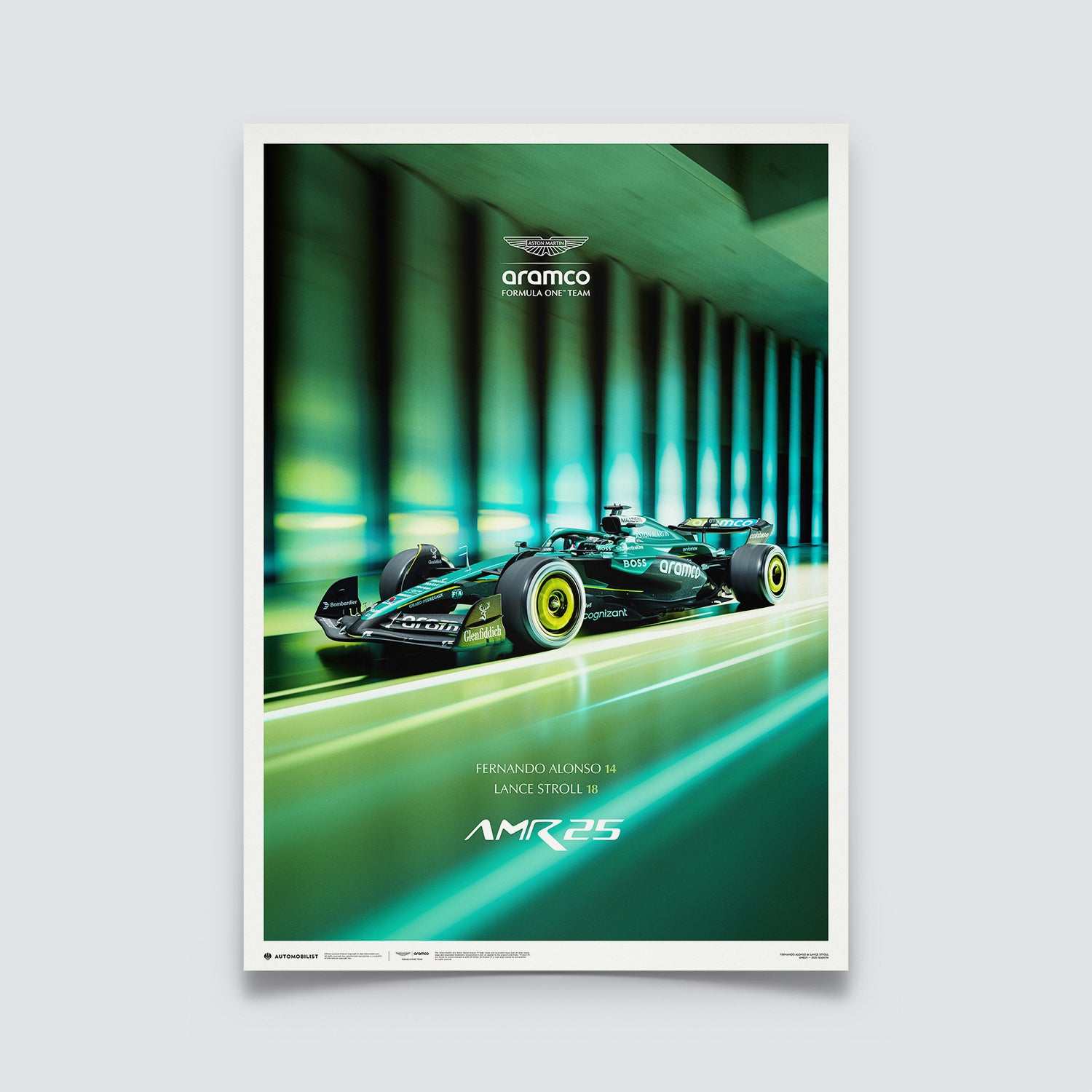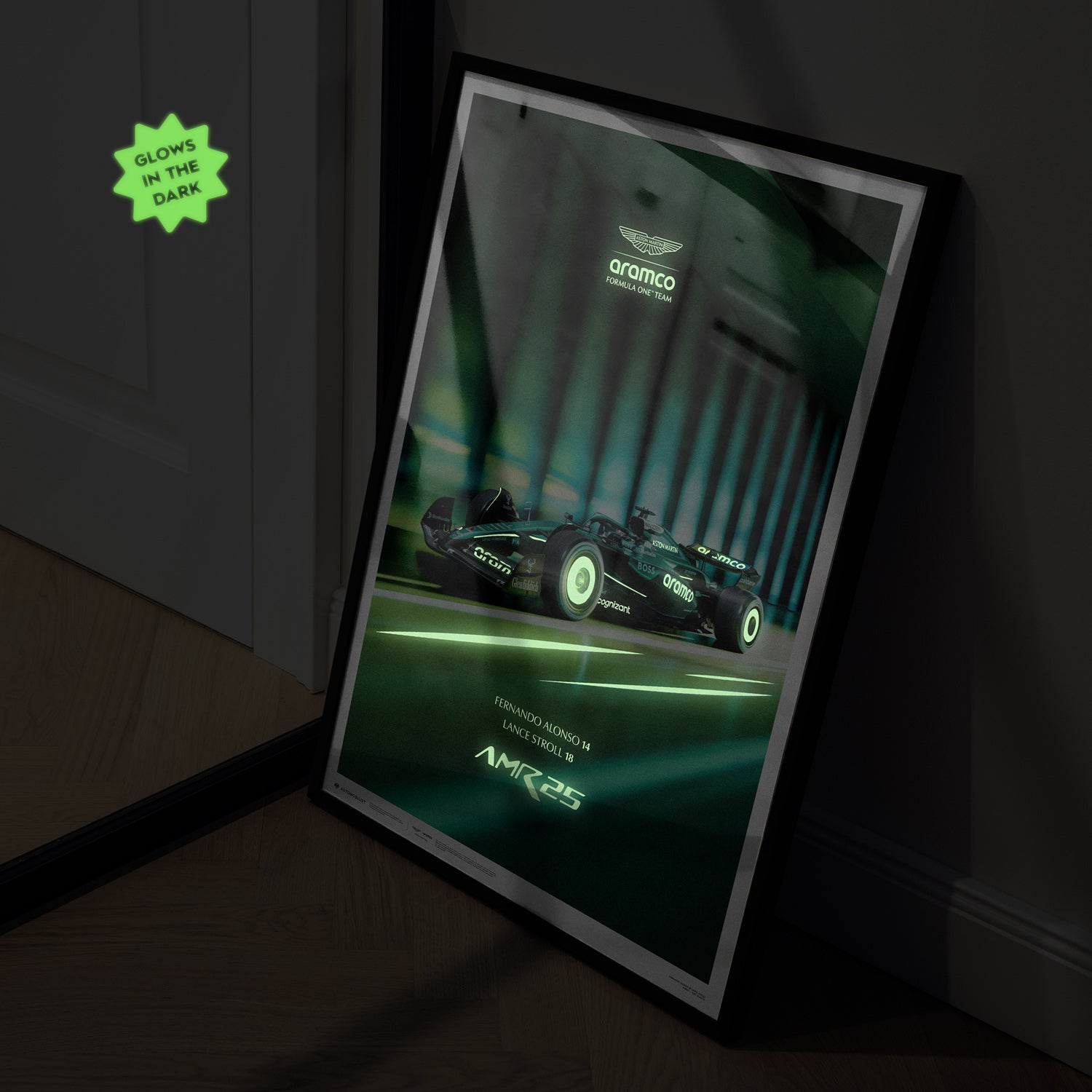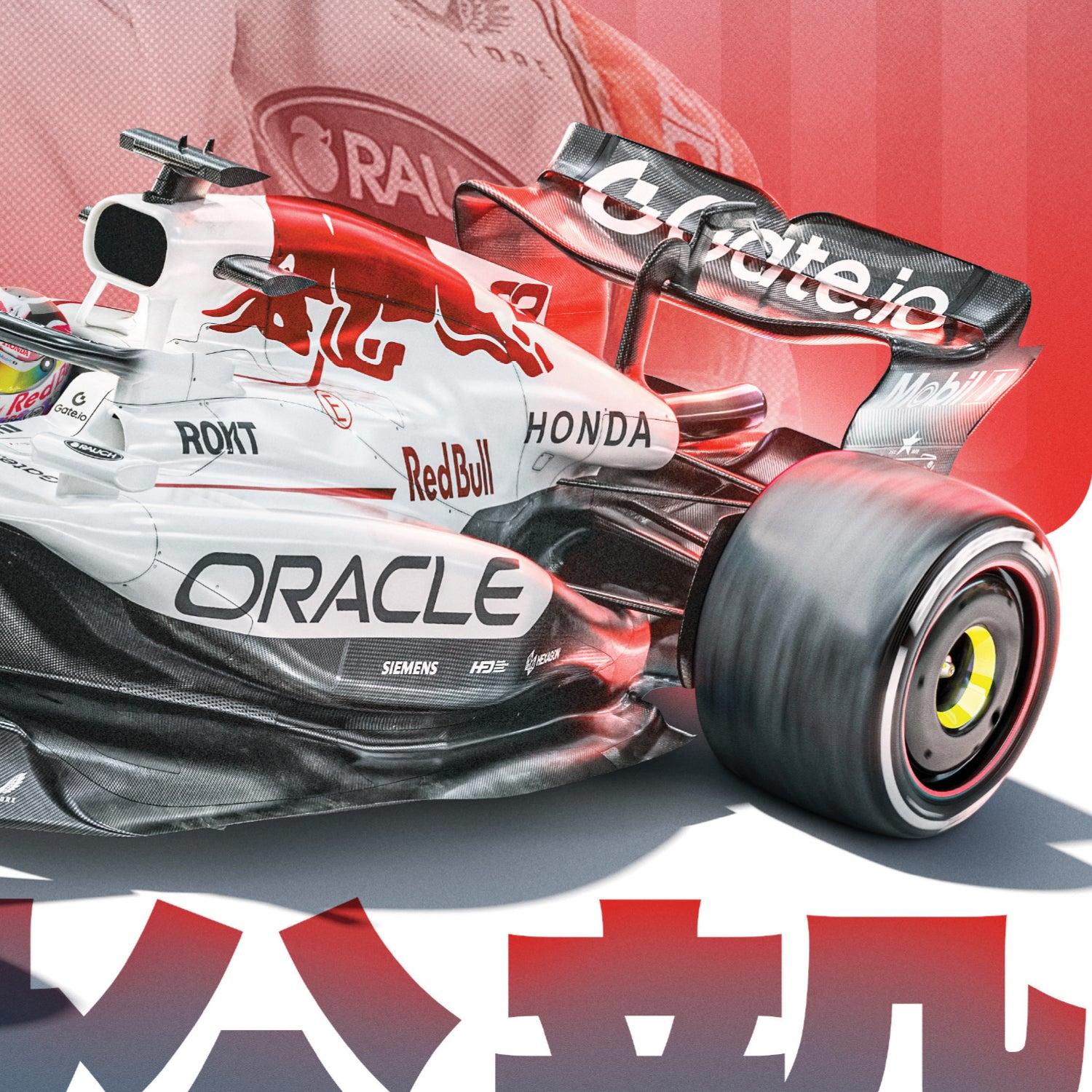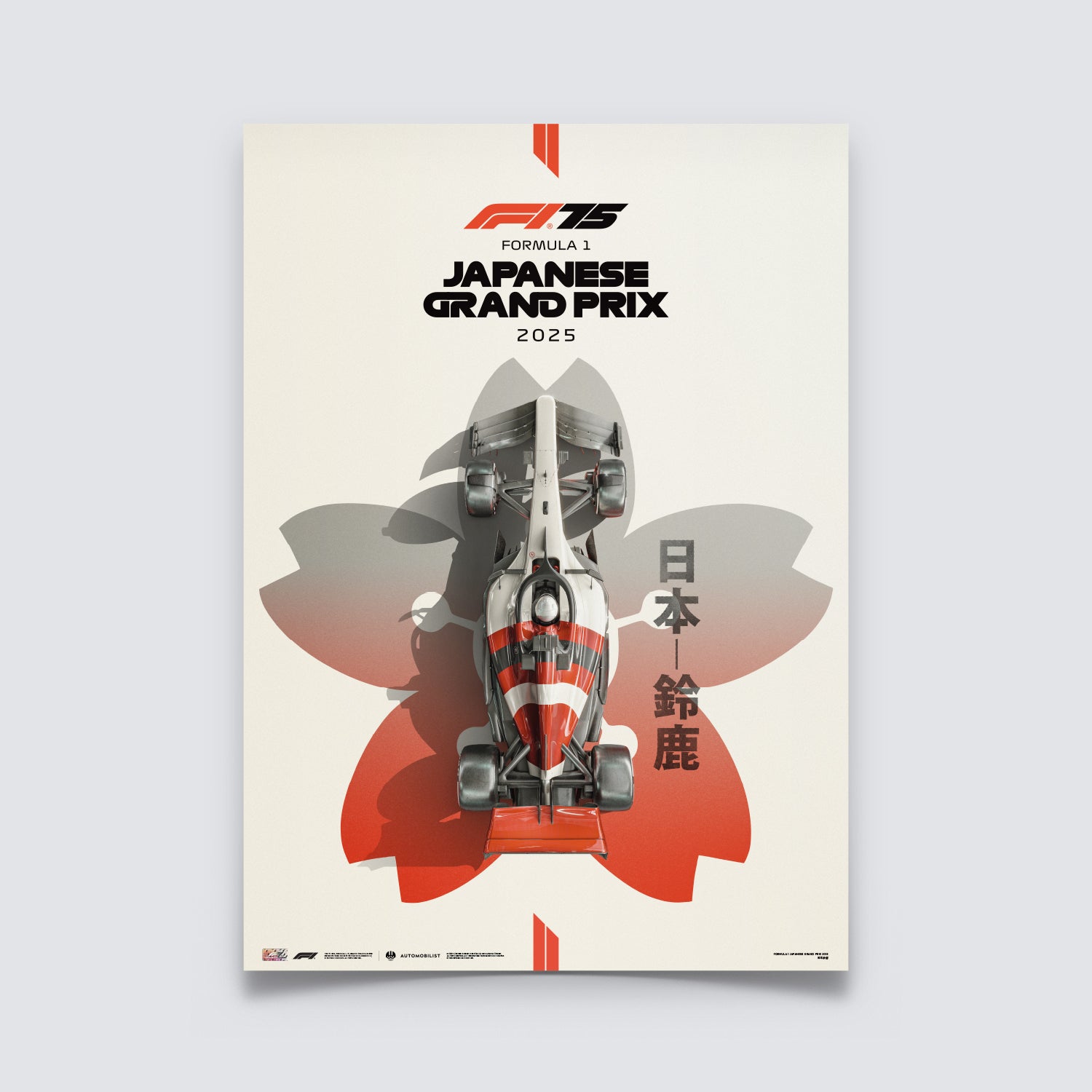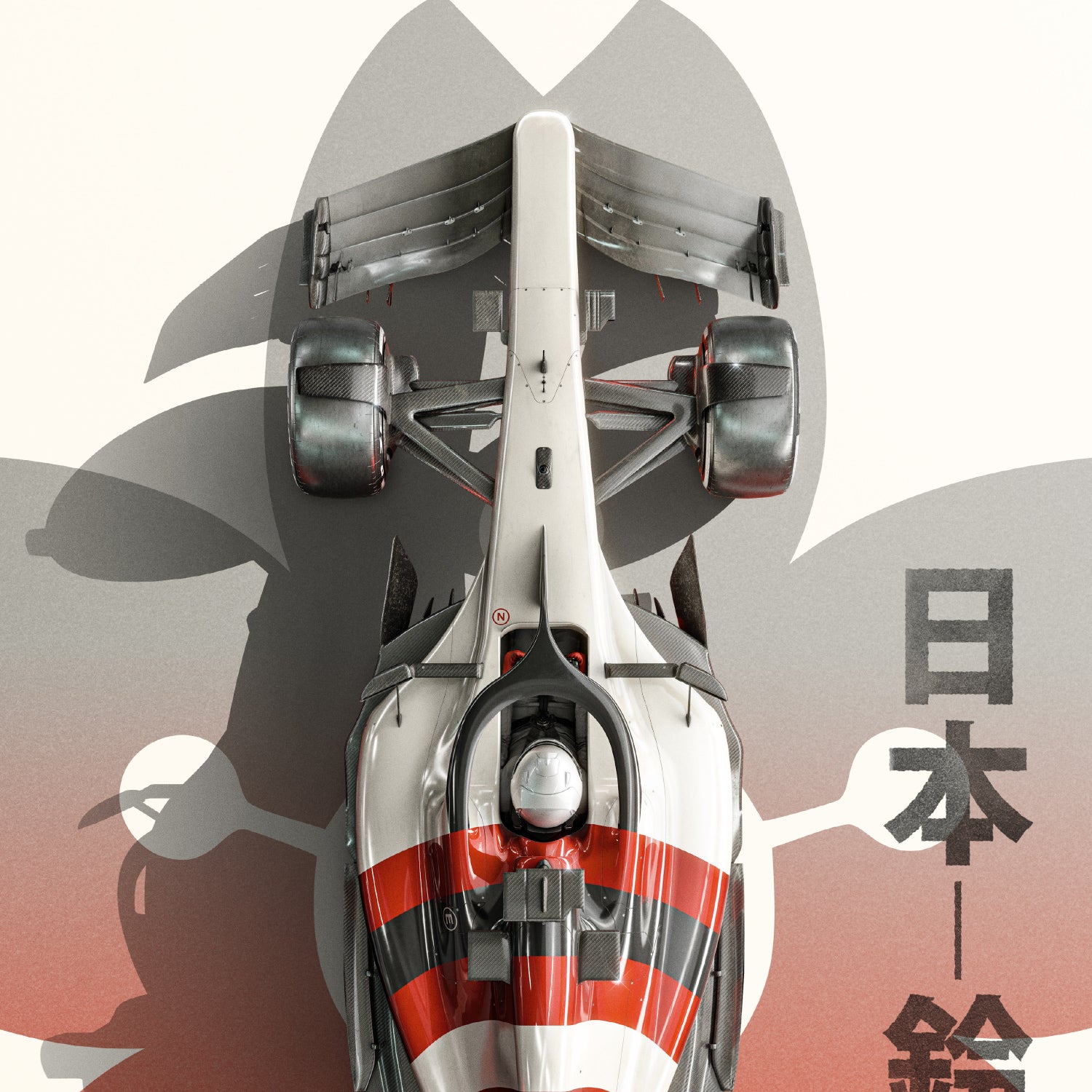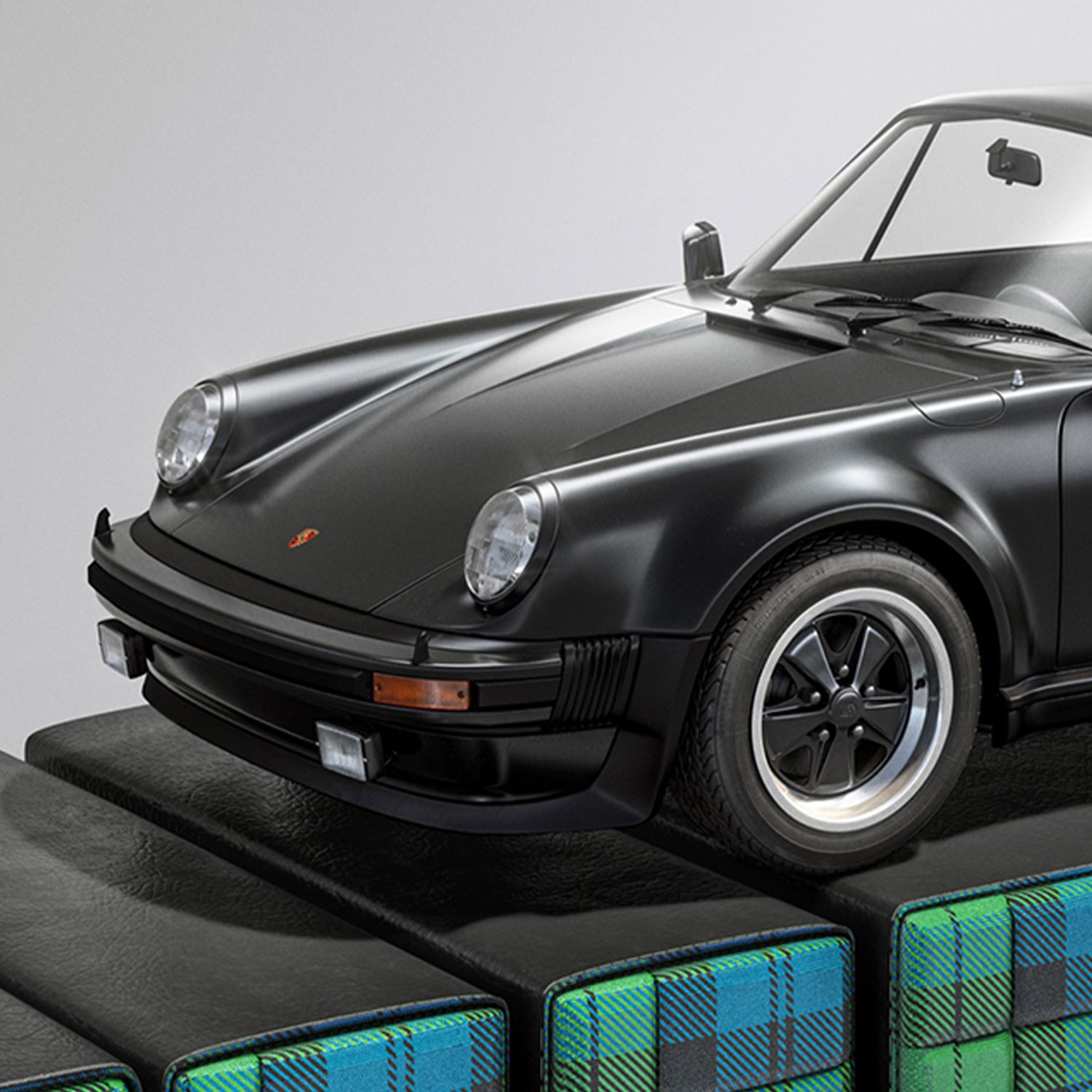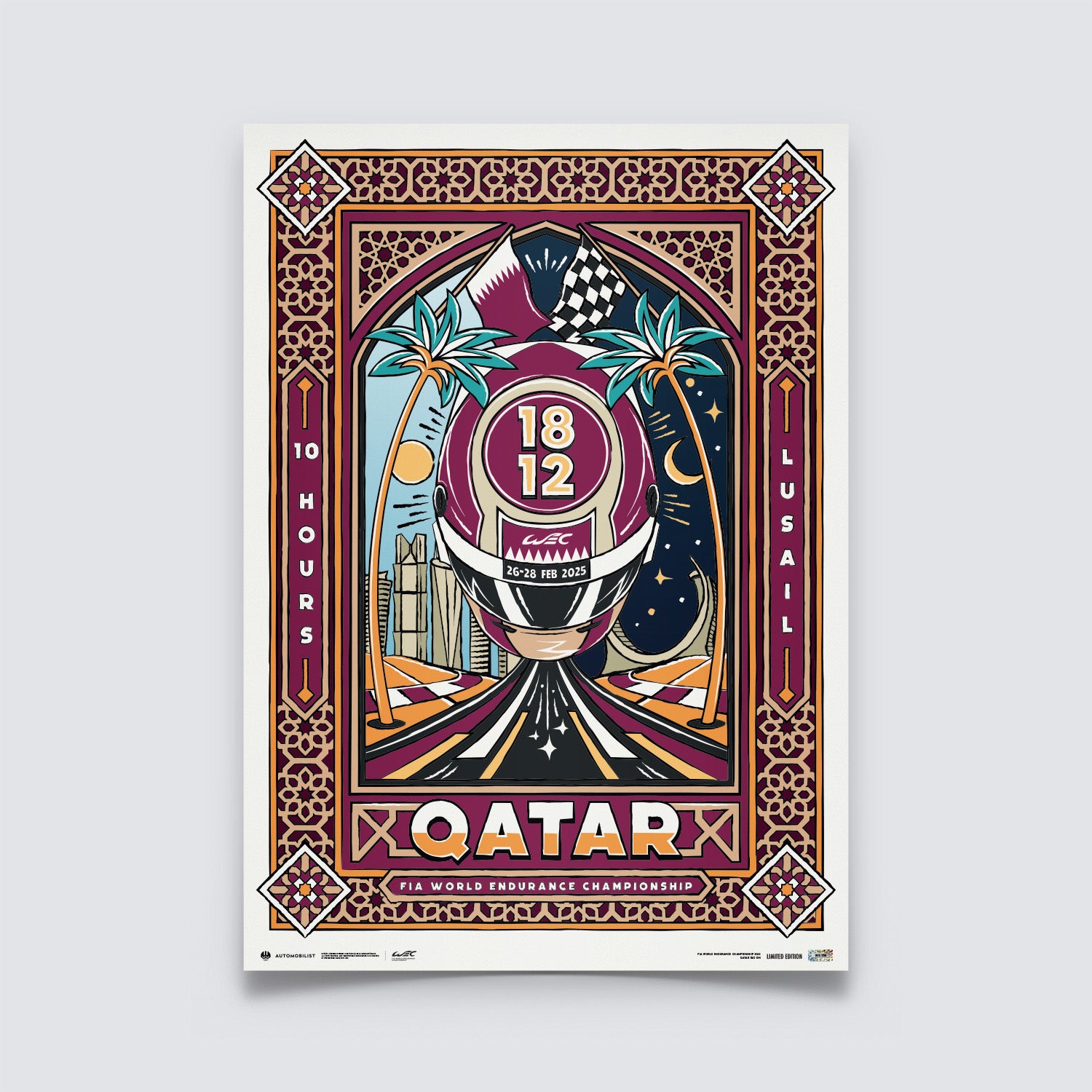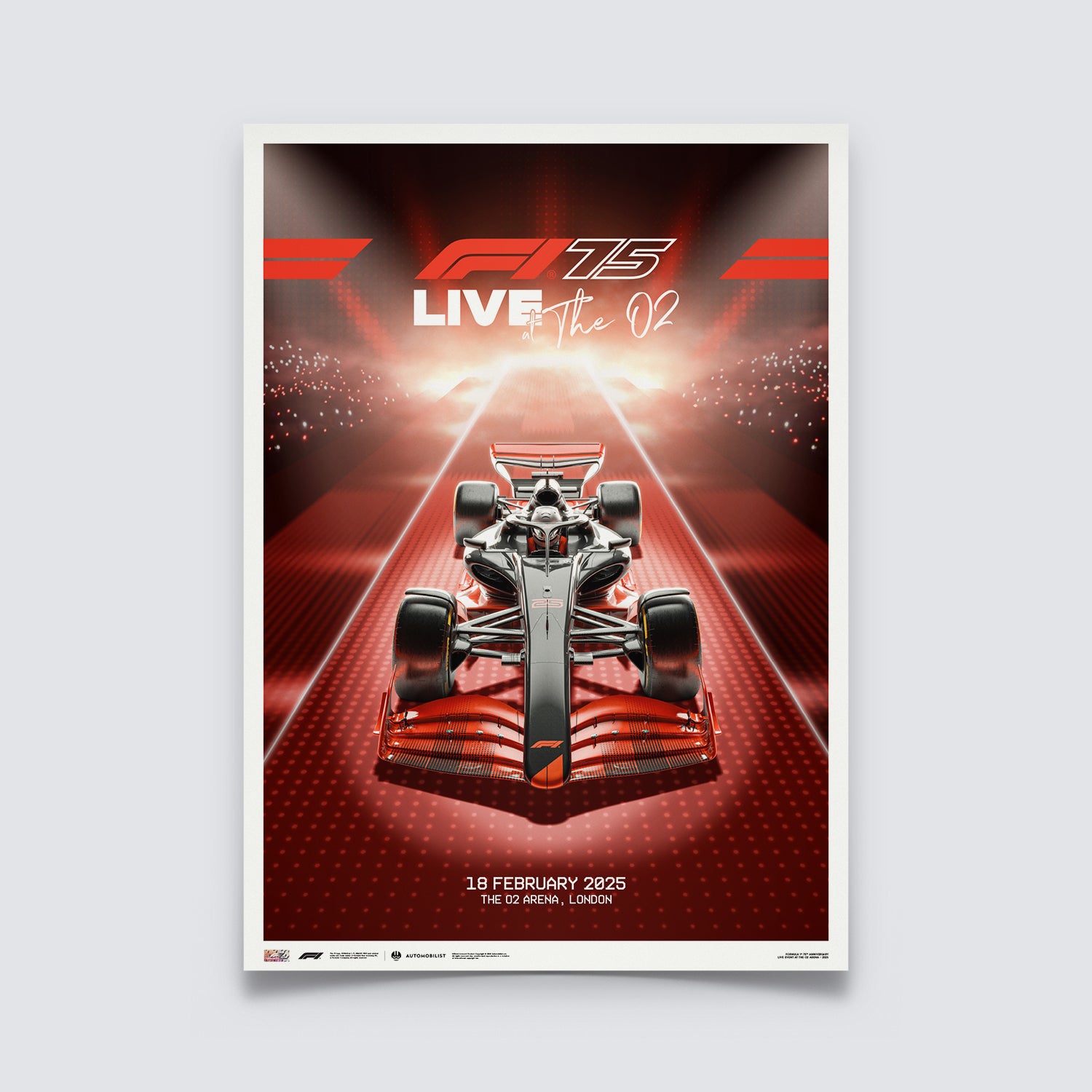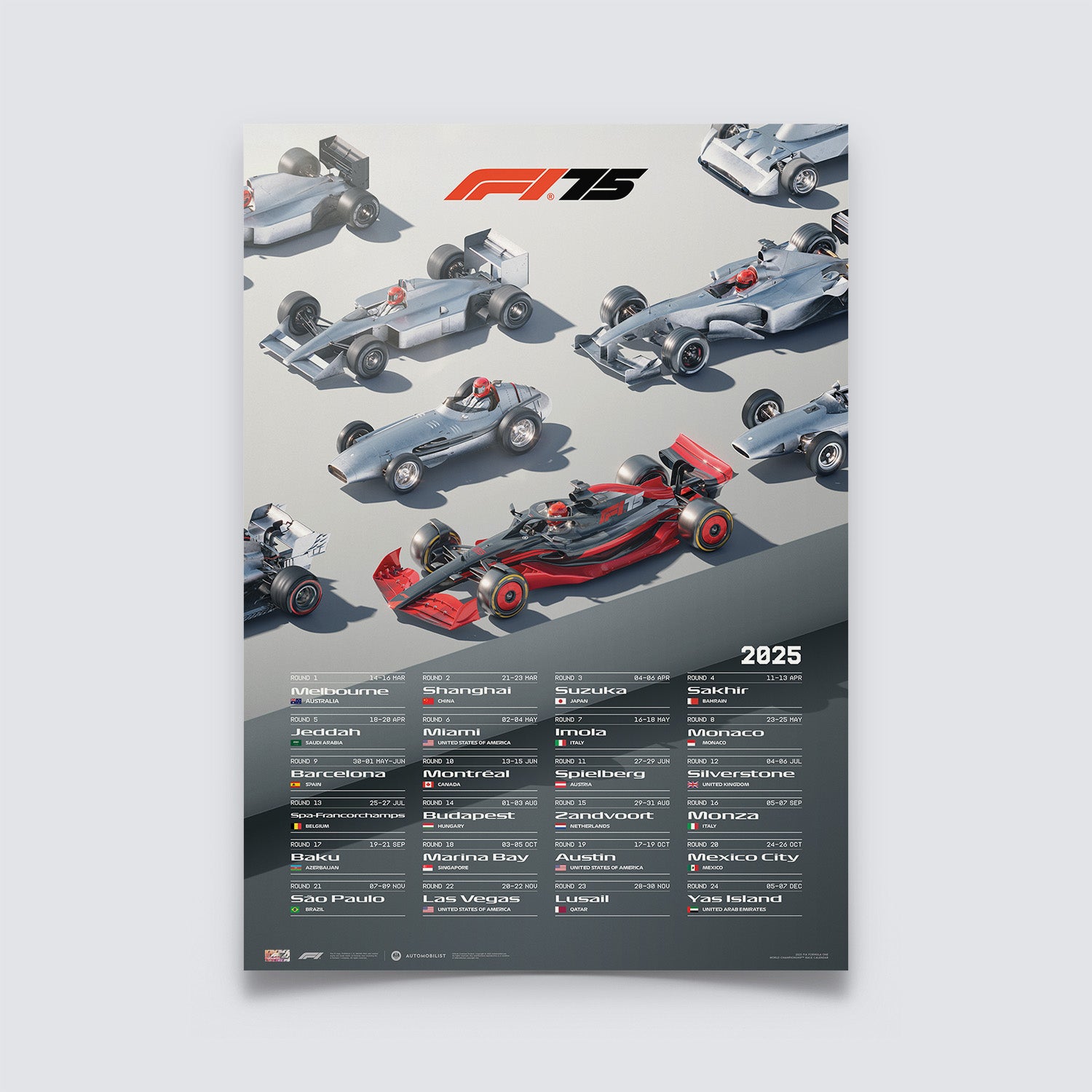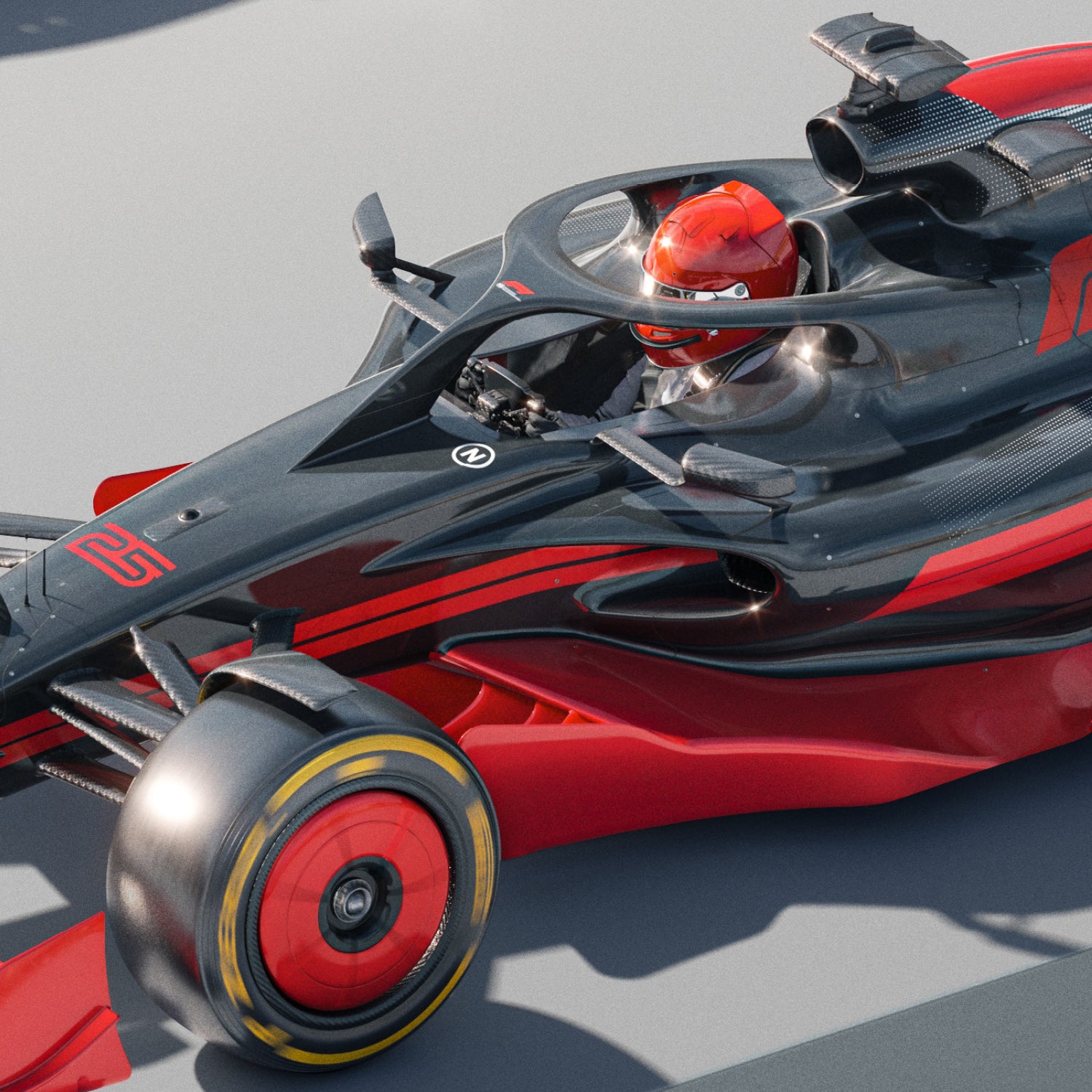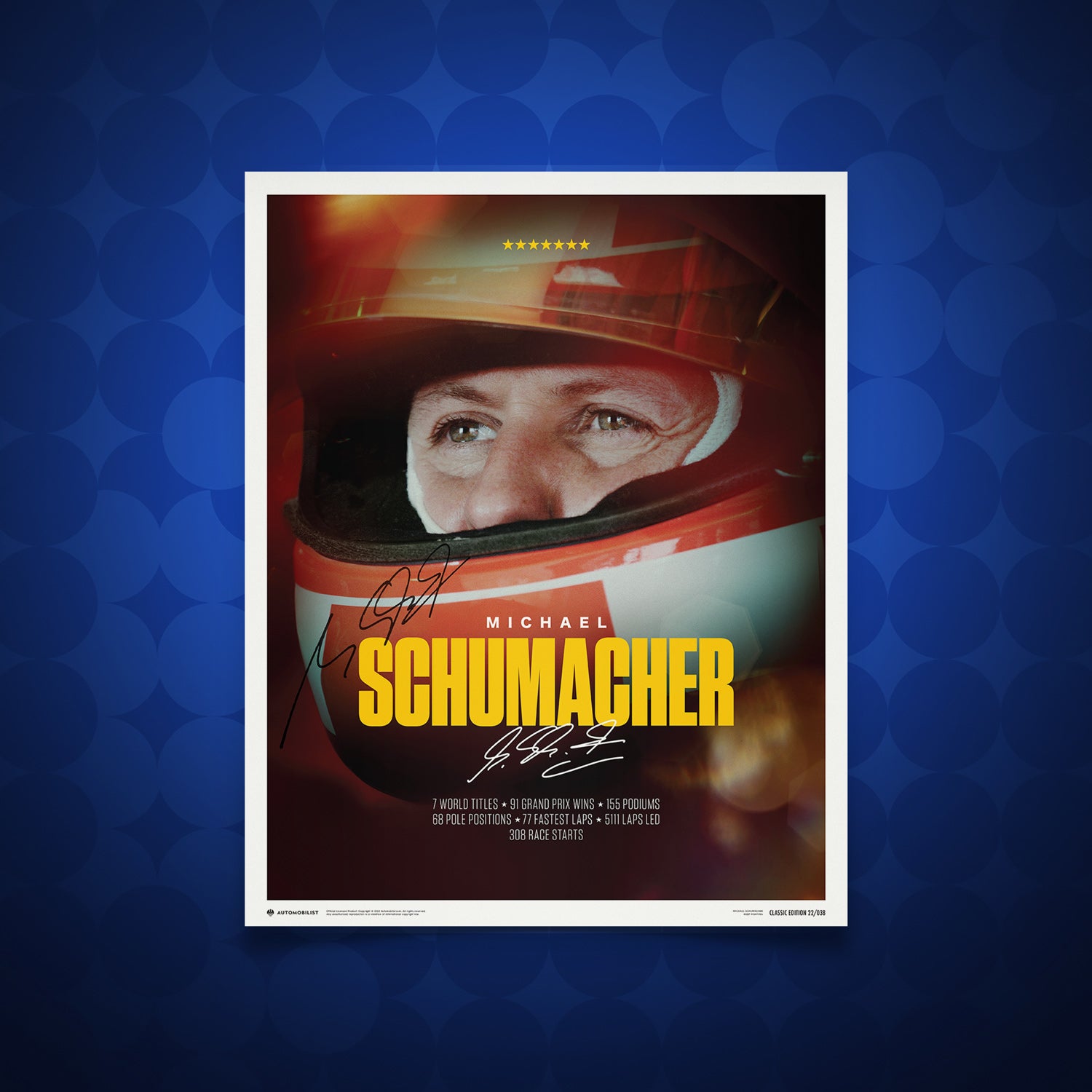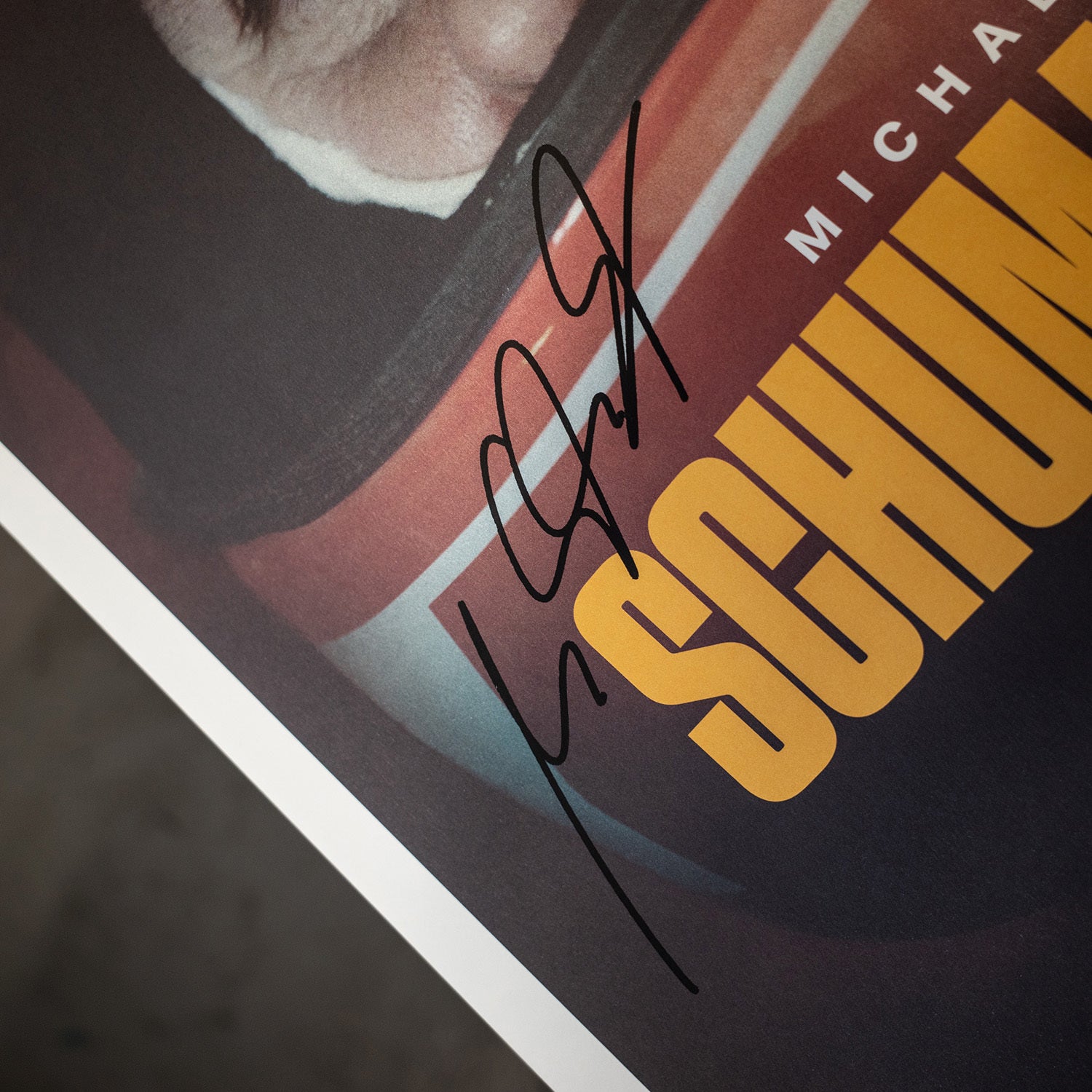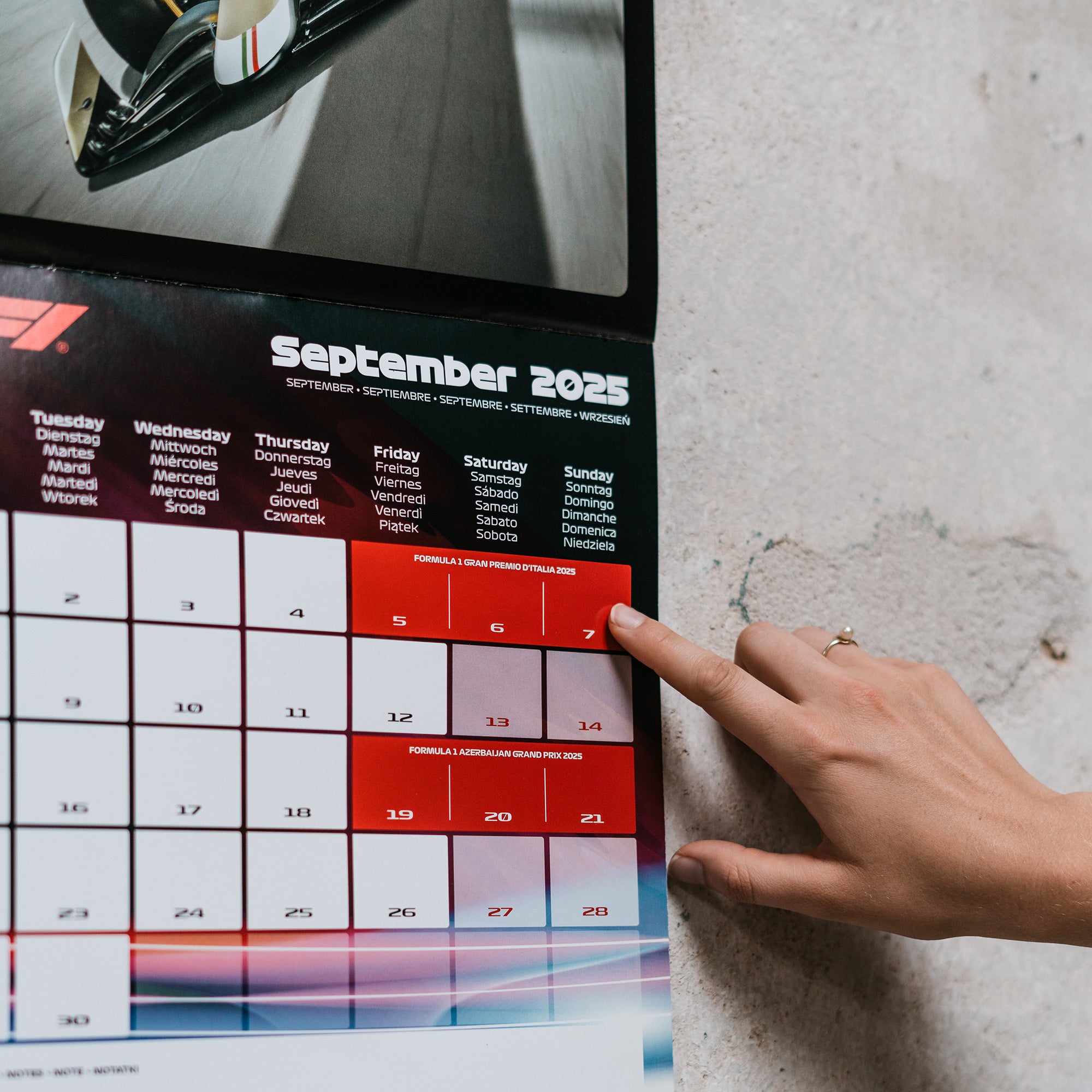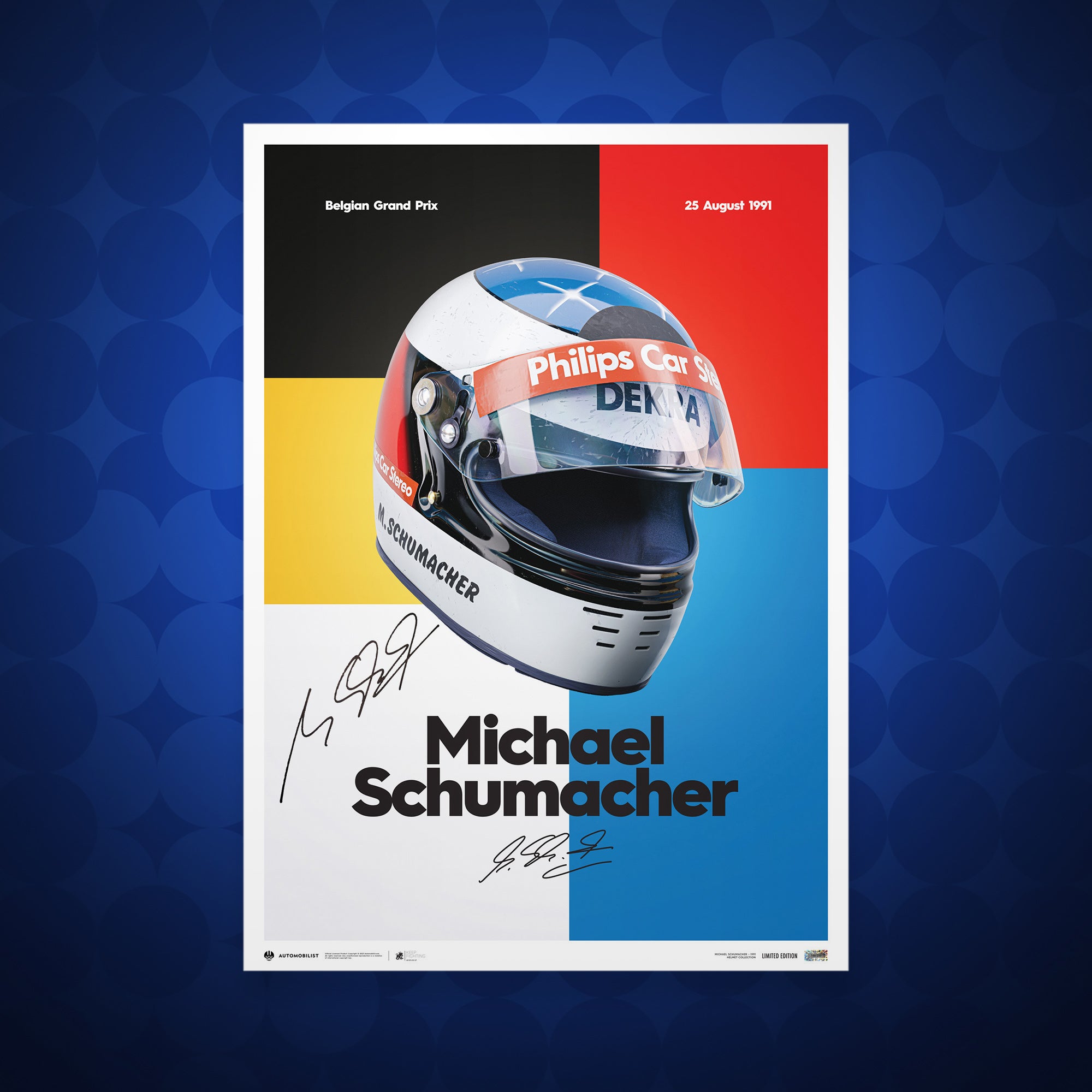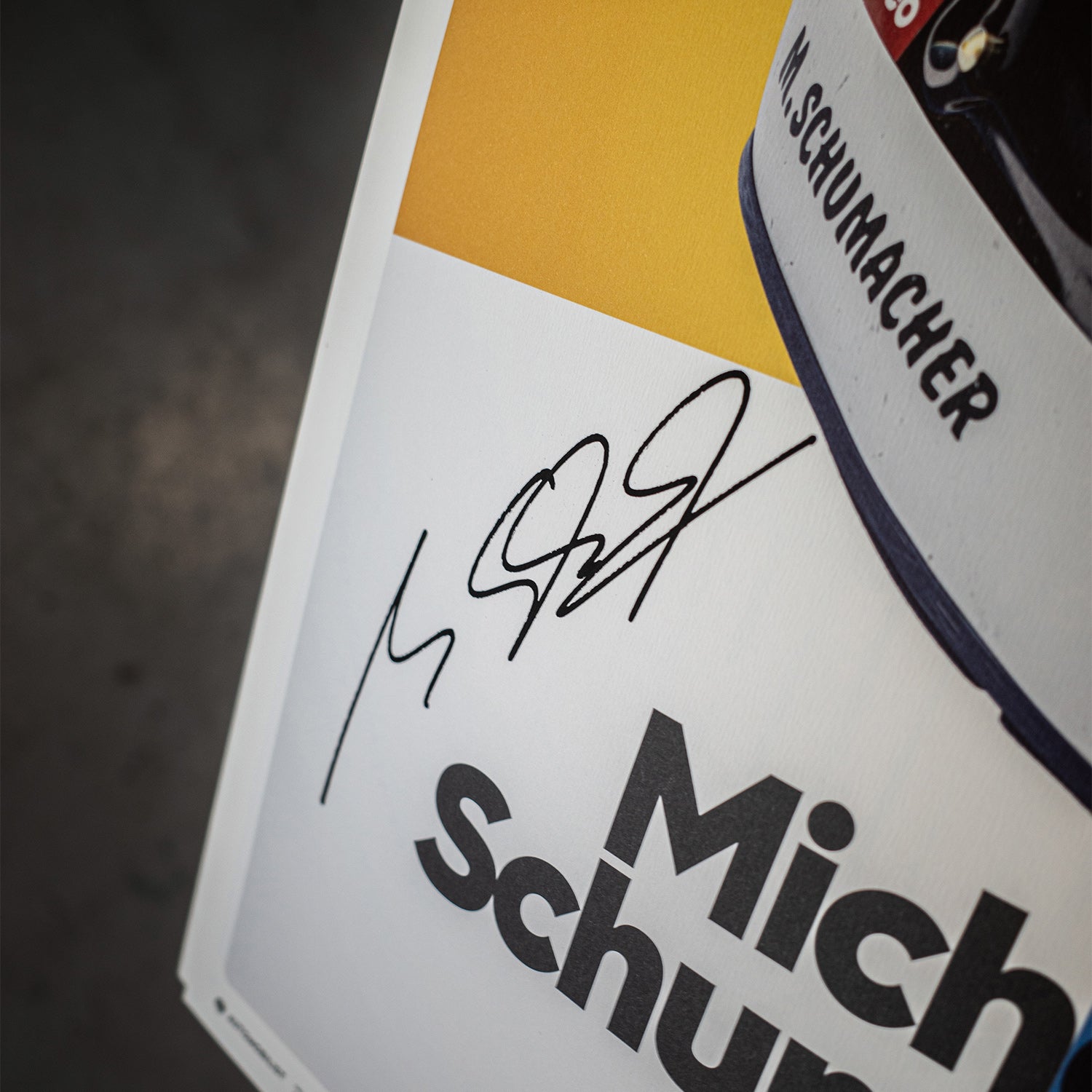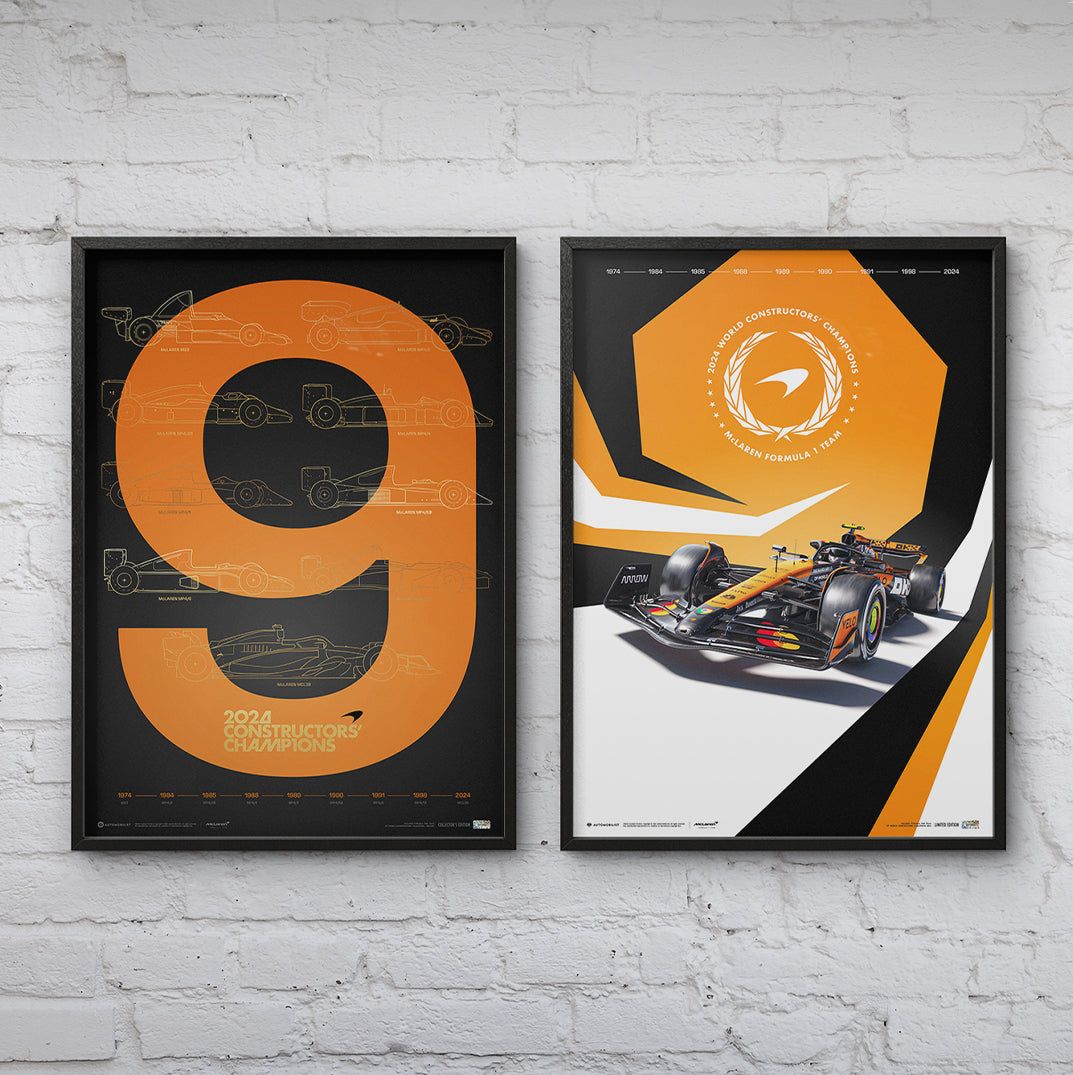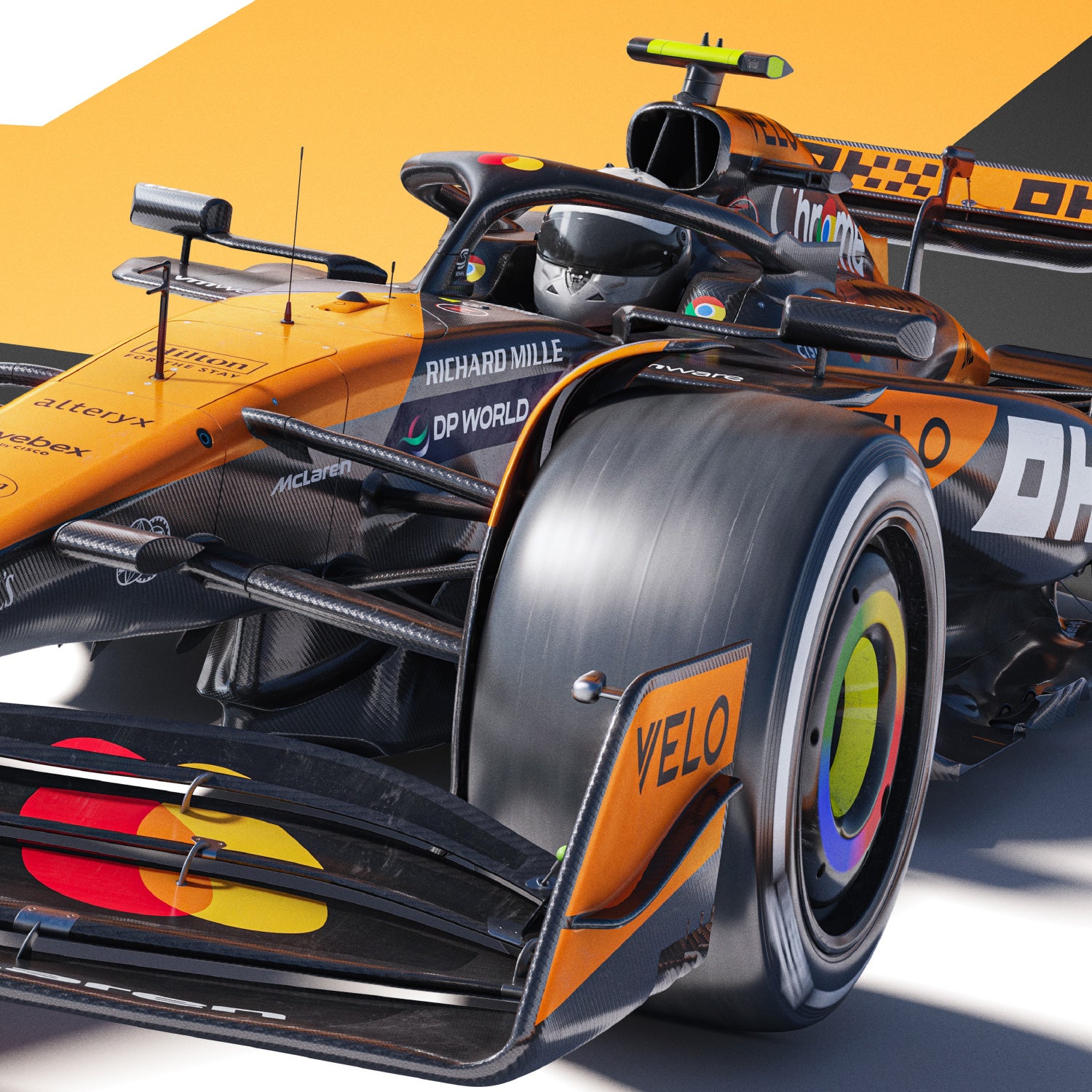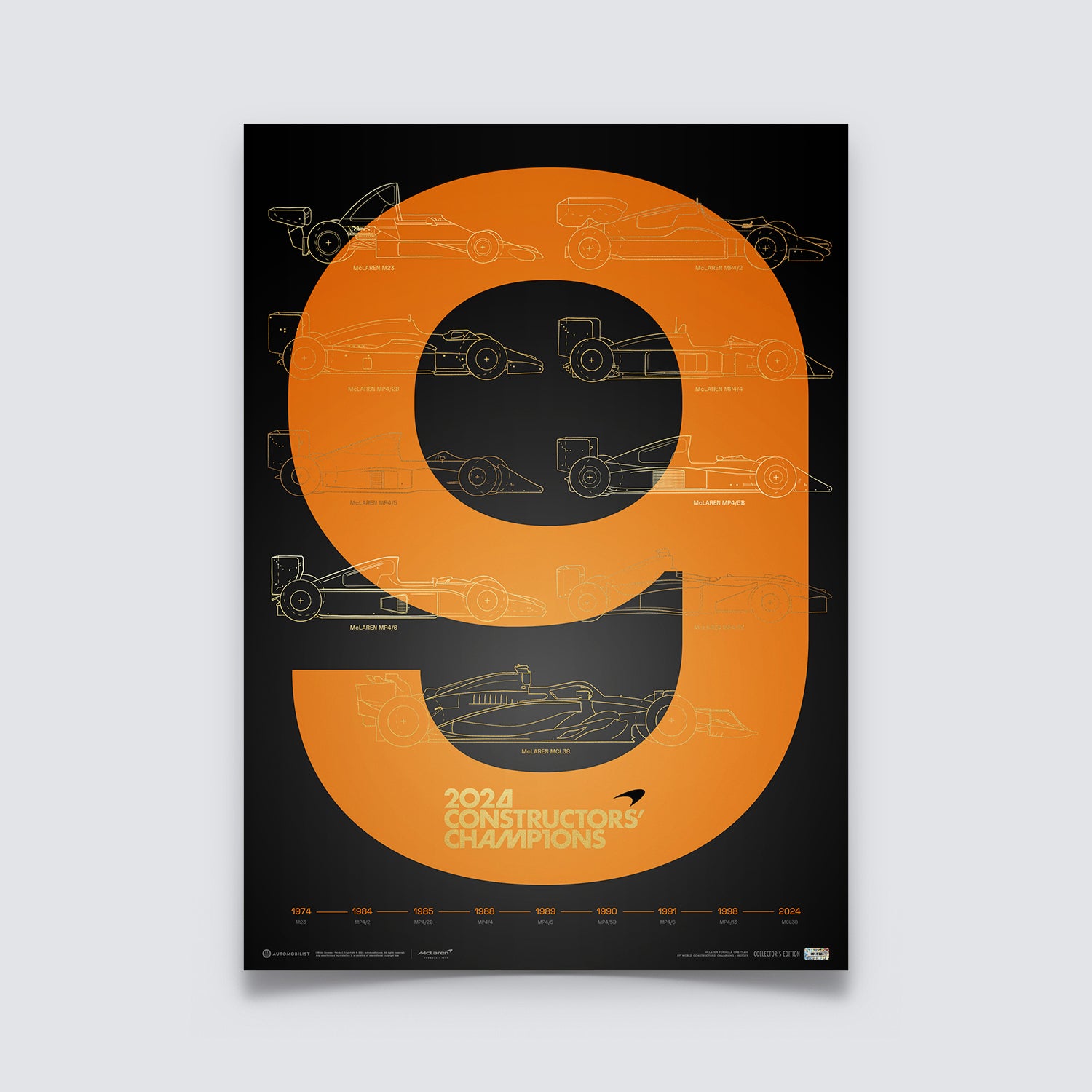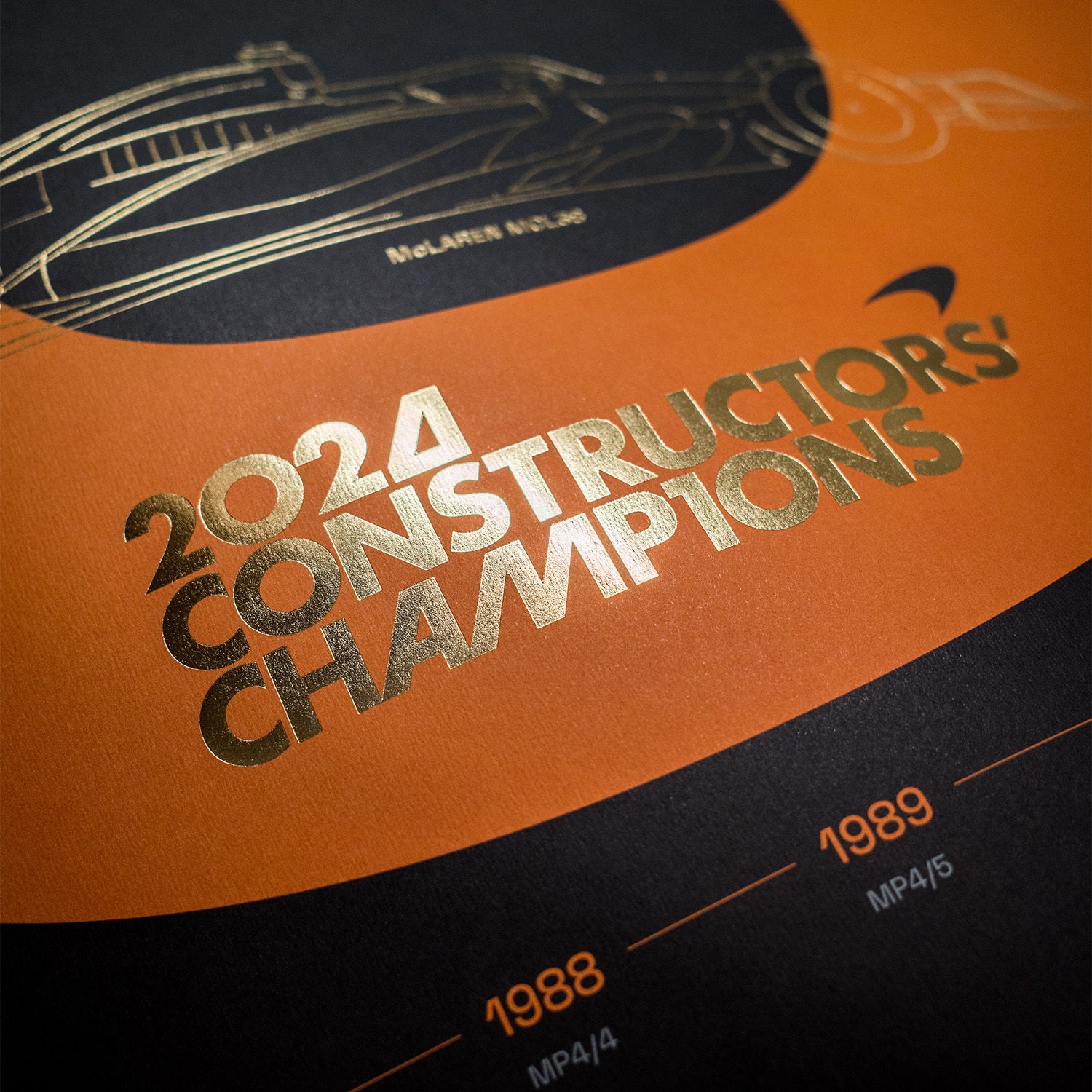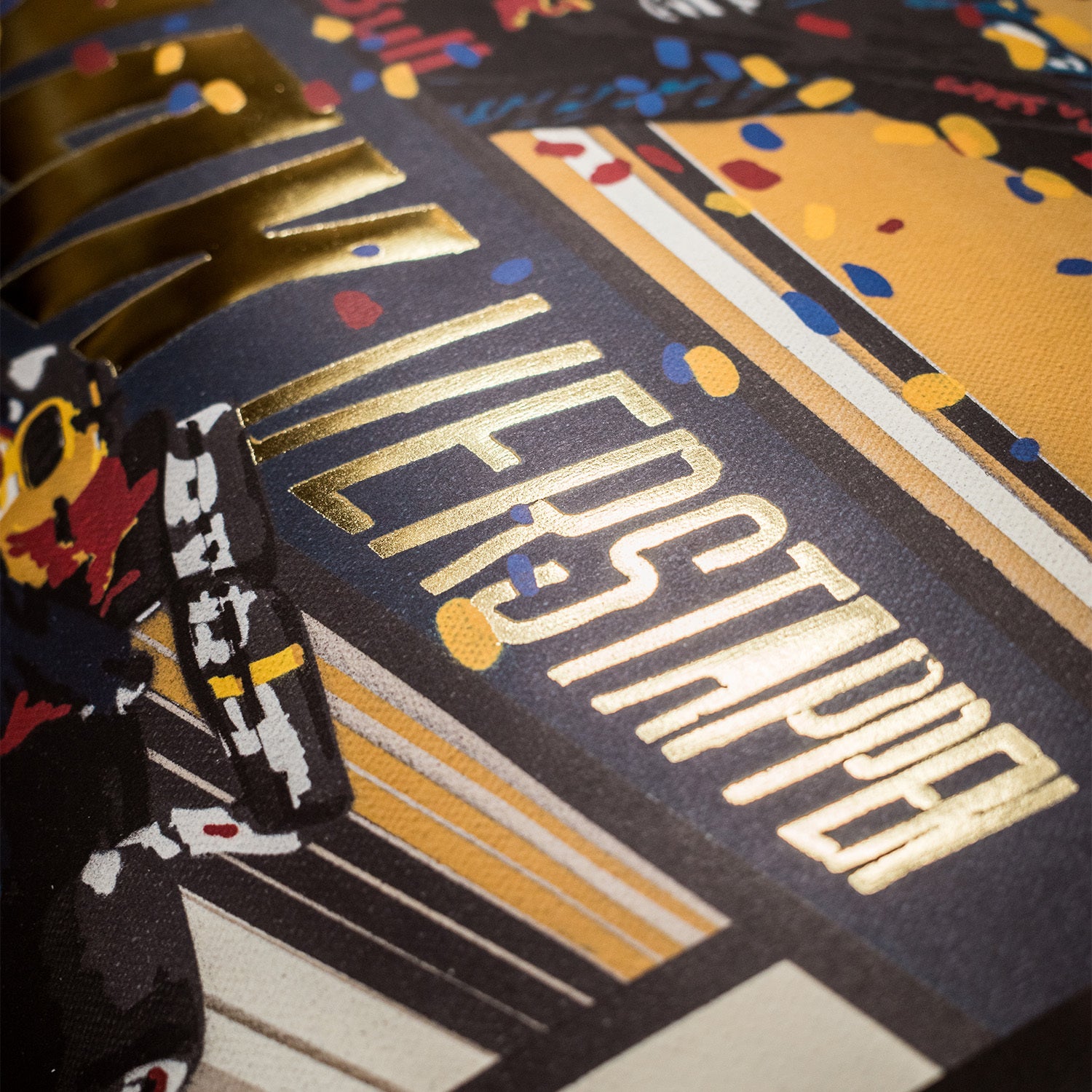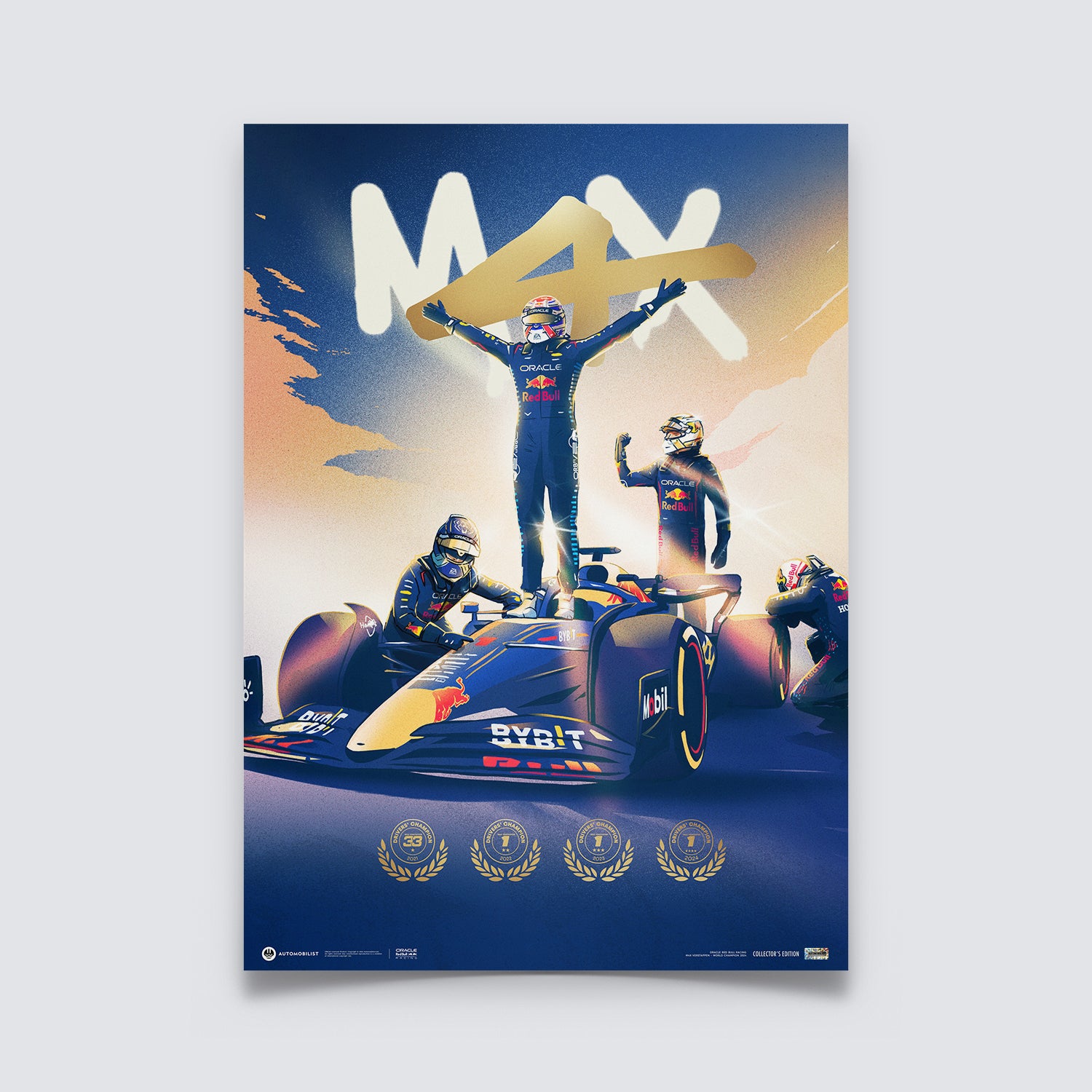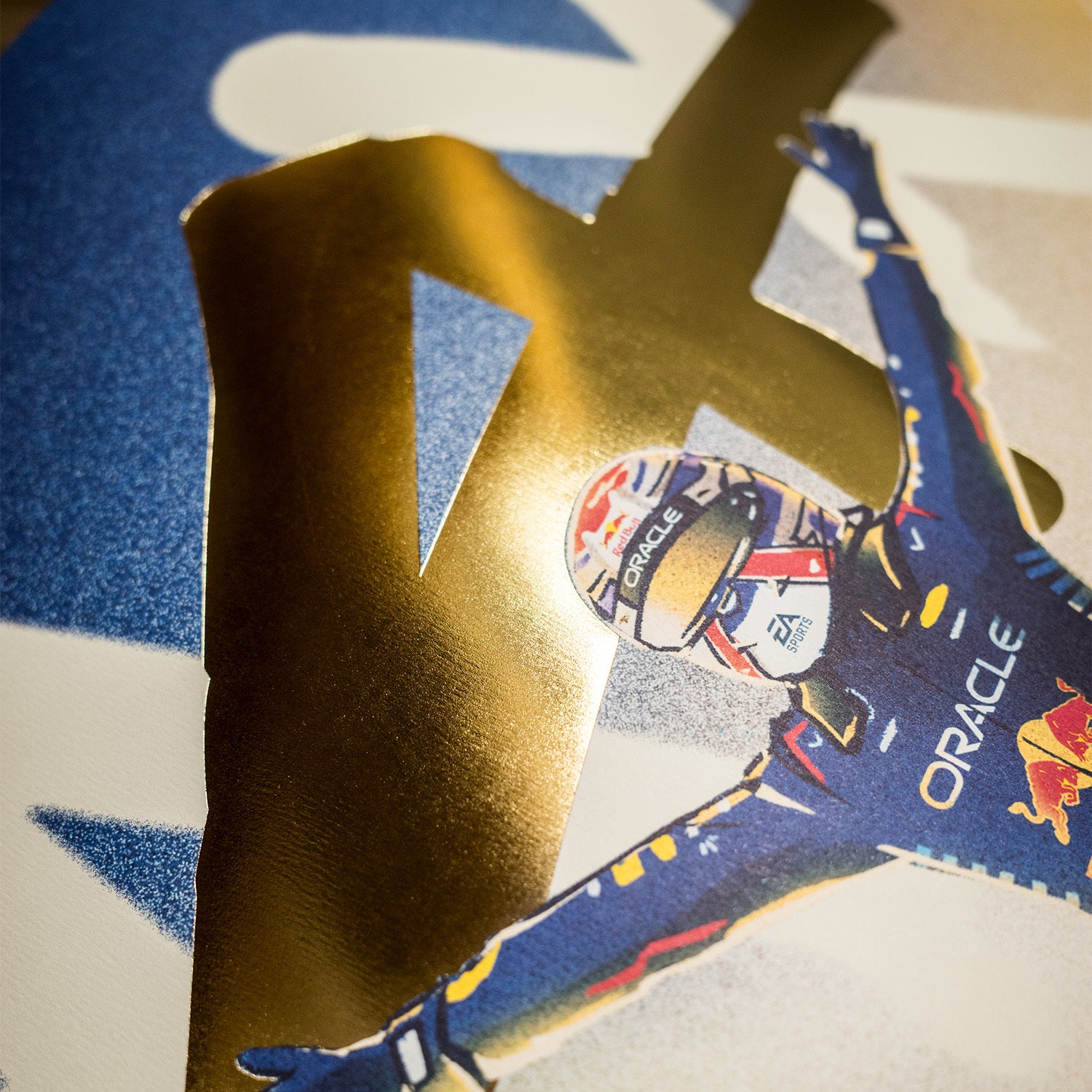24h Le Mans Centenary: 1983-1992 | Written by Richard Kelley
Thirty-four years ago, Mercedes-Benz achieved a Le Mans victory in 1989 with the potent Sauber-Mercedes C9 Silver Arrows – mirroring the feat they accomplished 37 years earlier in 1952 with their 300 SL (W194). The third Mercedes-Benz team car finished in 5th place after claiming pole position.
A year earlier, the Mercedes works team had dominated their opposition, capturing five victories, including the season-opener at Jerez. They seemed the sure victor at Le Mans, only to be forced to withdraw after discovering severe tyre issues on the formidable Mulsanne Straight.
Sauber-Mercedes returned to Le Mans in 1989 hungrier and wiser than ever for that elusive victory while bristling with even more speed and long-run pace. Their range and quality of upgrades had made it abundantly clear - any result less than a victory was never considered.
 The Jochen Mass / Manuel Reuter / Stanley Dickens, Sauber Mercedes C9, being worked on in the garage prior to the 1989 24h Le Mans. Image Courtesy: Motorsport Images.
The Jochen Mass / Manuel Reuter / Stanley Dickens, Sauber Mercedes C9, being worked on in the garage prior to the 1989 24h Le Mans. Image Courtesy: Motorsport Images.
Their revised C9 plan retained the light alloy monocoque chassis but was considerably stiffer with numerous upgrades. The rear suspension changed from vertically positioned spring/damper units to a horizontal layout to increase volume for ground effects while reducing ride height to increase speed on the Mulsanne.
The host of aerodynamic tweaks also included repositioning the oil/water radiator to the nose of the car. Mercedes redesigned the rear deck with the rear wing mounted solely on a central support. The increased air passing over, under and through concealed tunnels worked with devastating effect, delivering speeds deemed impossible a mere decade earlier.
Swiss engine genius Heini Mader once again prepared Mercedes' revised C9 engine, the new 4,973 cc V8 biturbo M 119HL with four-valve technology that gave the C9 nearly 925hp for a short time in qualifying. During the Le Mans 24hr, it would deliver a steady 720hp while revving to just 7,000rpm, thus reducing stress and increasing efficiency and reliability.
Mercedes-Benz race director Jochen Neerpasch, himself a much-experienced Le Mans expert, left almost nothing to chance by assembling a bulging strategy book packed with instructions for any adverse situation.
However, the most telling change was simply paint; the Sauber-Mercedes C9s arrived covered in bare silver, evoking the memory and success of its all-conquering Silver Arrows in the 1930s and the 1950s. The act served as an unmistakable signal that Mercedes-Benz was again on the track to claim victory as a factory team.
 Body work from Team Sauber Mercedes for the Sauber Mercedes C9 cars. Image Courtesy: Motorsport Images.
Body work from Team Sauber Mercedes for the Sauber Mercedes C9 cars. Image Courtesy: Motorsport Images.
Still, there was one threat not even the best managers could control. The speeds on the Mulsanne Straight were so high that many drivers expressed concern about whether their cars could stay on the ground over the humps and bumps throughout the next 24 hours.
Mercedes’ driver lineup brought together speed, experience and youth. Car #61 teamed Mauro Baldi, Kenny Acheson and Gianfranco Brancatelli, while Jean-Louis Schlesser, Jean-Pierre Jabouille and Alain Cudini handled #62. Noted ace Jochen Mass partnered with Manuel Reuter and Stanley Dickens in #63.
Forty-three-year-old Jochen Mass was the experienced team leader who had campaigned at Le Mans thrice. His experience was comprehensive but had not claimed a victory up to that point. It was Mass who later explained the strategic plan for each lap.
“At Le Mans, we braked very gently into the bends and drove through them smoothly so as not to put too much strain on the car,” explained Mass. When you drive close to 5,300 kilometres almost without stopping, that is a key success factor.”
 Mauro Baldi / Kenny Acheson / Gianfranco Brancatelli, Sauber Mercedes C9, leads the field at the start.of the 1989 24h Le Mans. Image Courtesy: Motorsport Images.
Mauro Baldi / Kenny Acheson / Gianfranco Brancatelli, Sauber Mercedes C9, leads the field at the start.of the 1989 24h Le Mans. Image Courtesy: Motorsport Images.
At the start, Sauber-Mercedes #62 and #61 bolted from 1st and 2nd on the grid, while Mass, in #63, started the race from 11th. Mass fought his way up into 2nd place during his first stint before handing over to Manuel Reuter.
On Reuter’s second lap on the Hunaudières straight at 380 km/h, part of a competitor’s exhaust that had broken off penetrated the left side of the car – forcing him to stop at the pits for emergency repairs. Reuter would lose two laps before returning to the chase at speed.
From then on, no one could keep the Mass, Reuter, Dickens #63 Sauber-Mercedes from the lead.
Mass drove the final leg to the flag while keeping an eye on the official clock only at the start and finish. Mass remained in a tactical mode right to the end. He later revealed, “I drove the last laps slower and wasted time to cross the finishing line immediately after 4 p.m. so as not to have to do another lap.”
Sauber-Mercedes C9 Silver Arrows crossed the finishing line in 1st, 2nd and 5th to repeat the result of the original Silver Arrow W194. They were among only 19 sports car prototypes that finished the race after 24 hours – out of the 55 original starters. The winning Sauber-Mercedes #63 completed 389 laps at an average speed of 219.990 km/h – covering 5,265.115 kilometres.
 Jochen Mass / Manuel Reuter / Stanley Dickens, Sauber Mercedes C9, drives into parc firm after winning the 1989 24h Le Mans. Image Courtesy: Motorsport Images.
Jochen Mass / Manuel Reuter / Stanley Dickens, Sauber Mercedes C9, drives into parc firm after winning the 1989 24h Le Mans. Image Courtesy: Motorsport Images.
The Baldi, Acheson, Brancatelli #61 took 2nd place, five laps behind the winners, while the #62 of Schlesser, Jabouille, and Cudini claimed fifth place.
The victorious 1989 Sauber-Mercedes C9 would later serve as a launching pad for Mercedes' further expansion into Formula 1, first again with Sauber and then McLaren, followed by Mercedes' own dedicated World Championship efforts.
Follow the link below to read more stories from the 100 years of 24h Le Mans and discover our celebratory poster collection in cooperation with the Automobile Club de l'Ouest.

